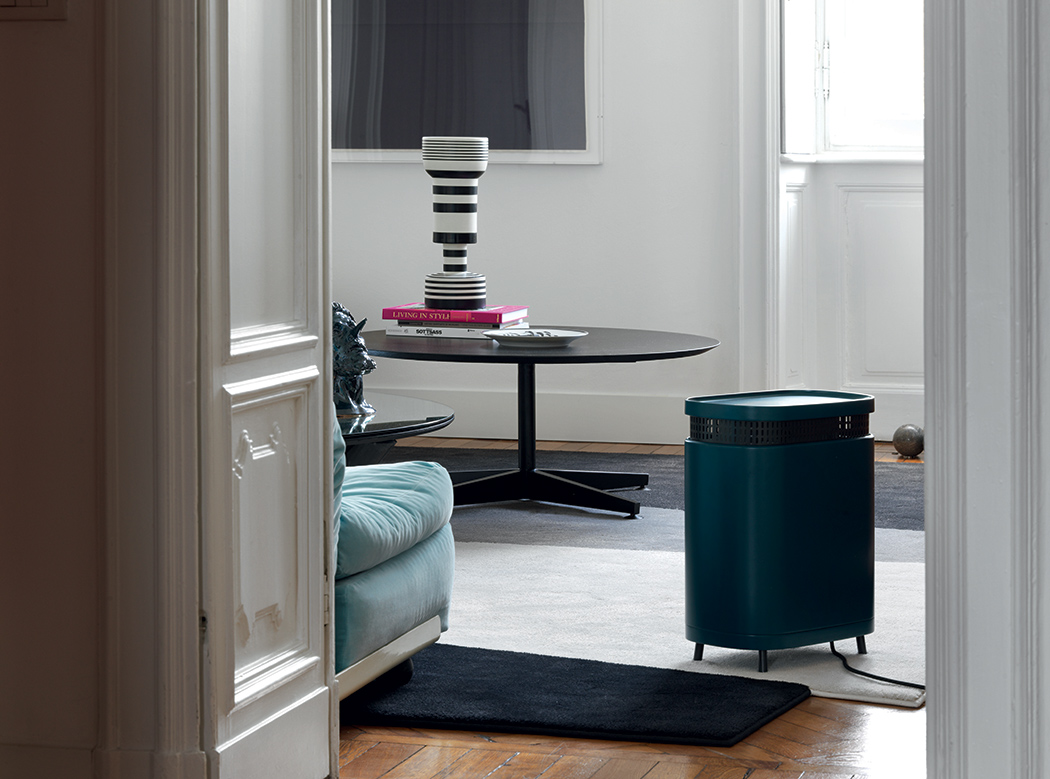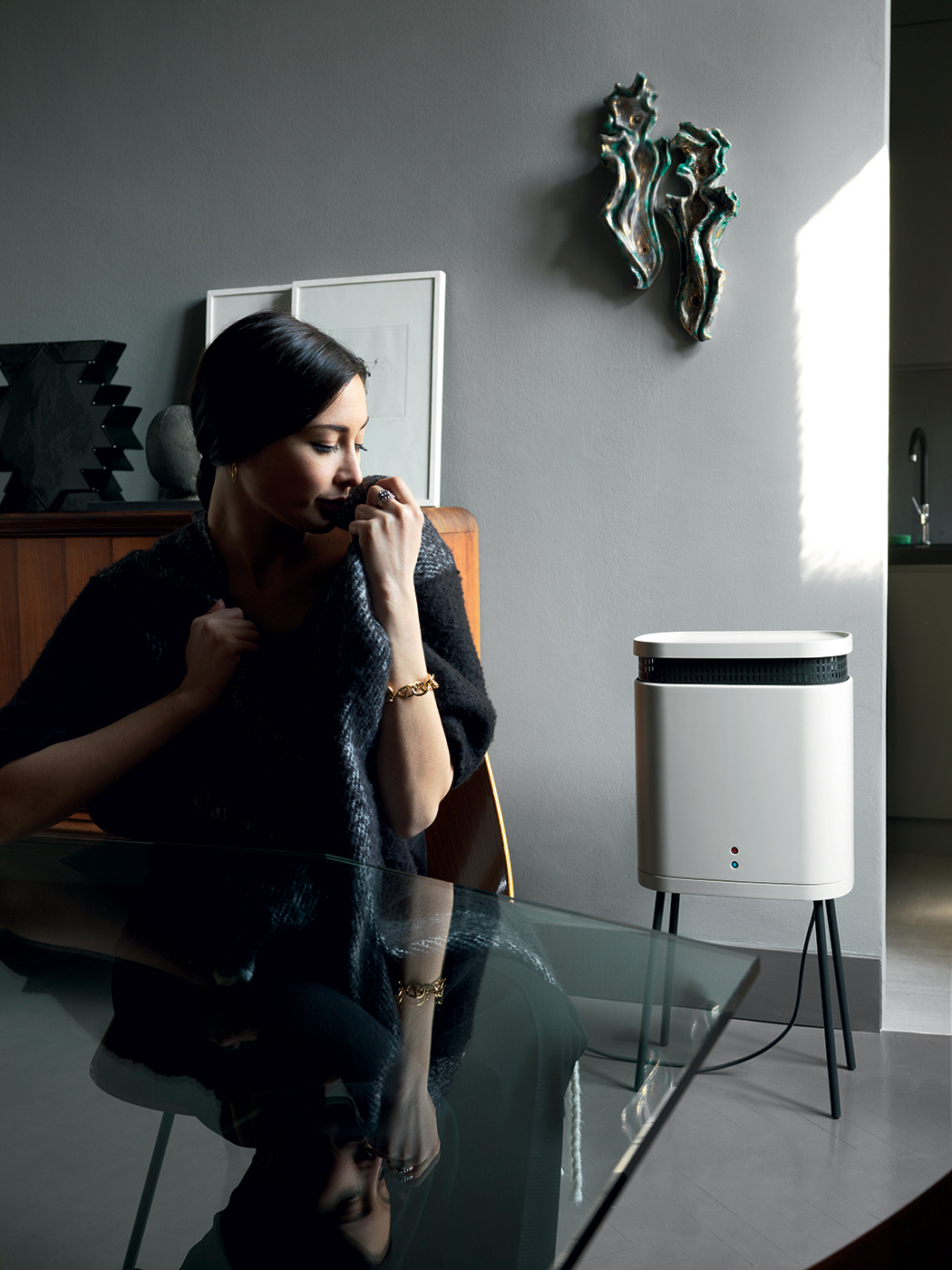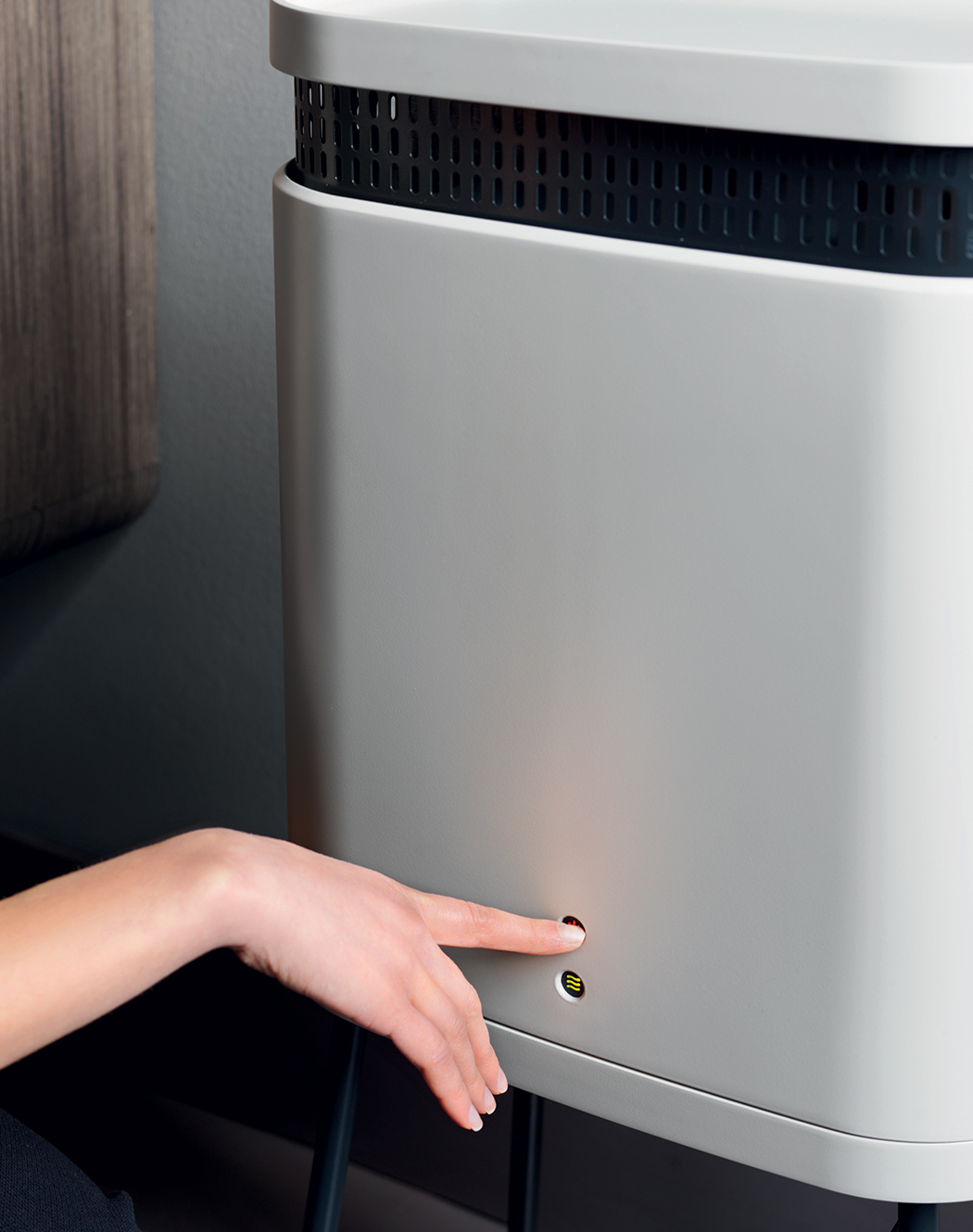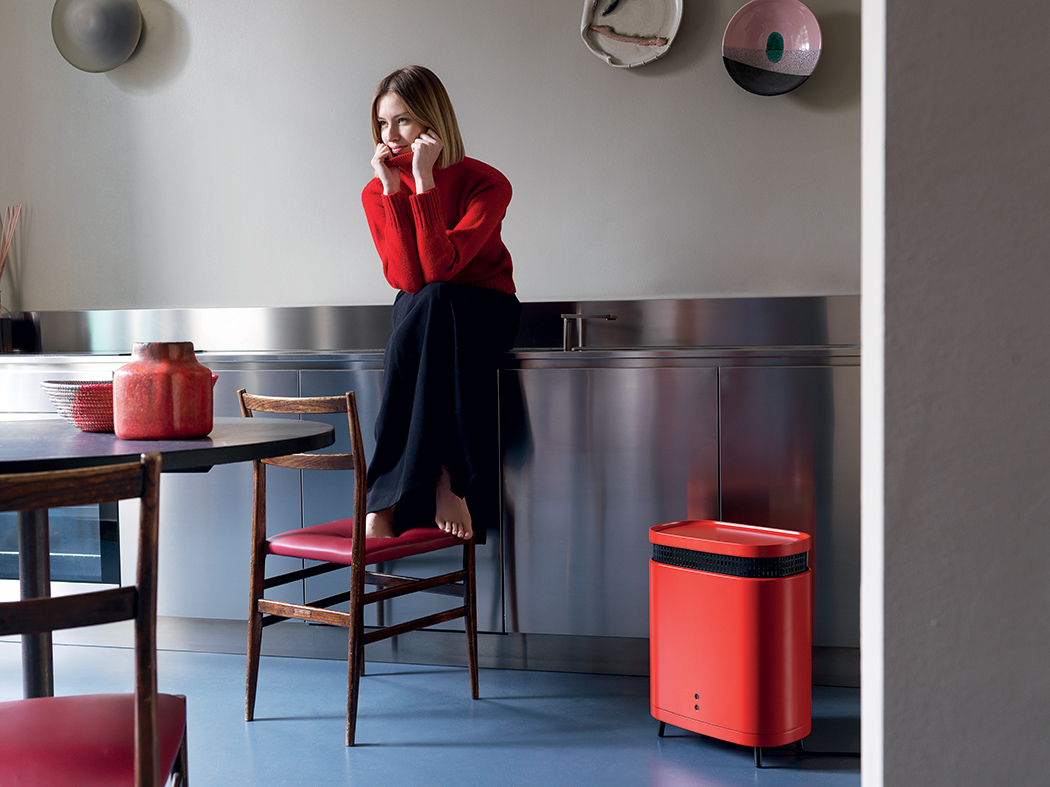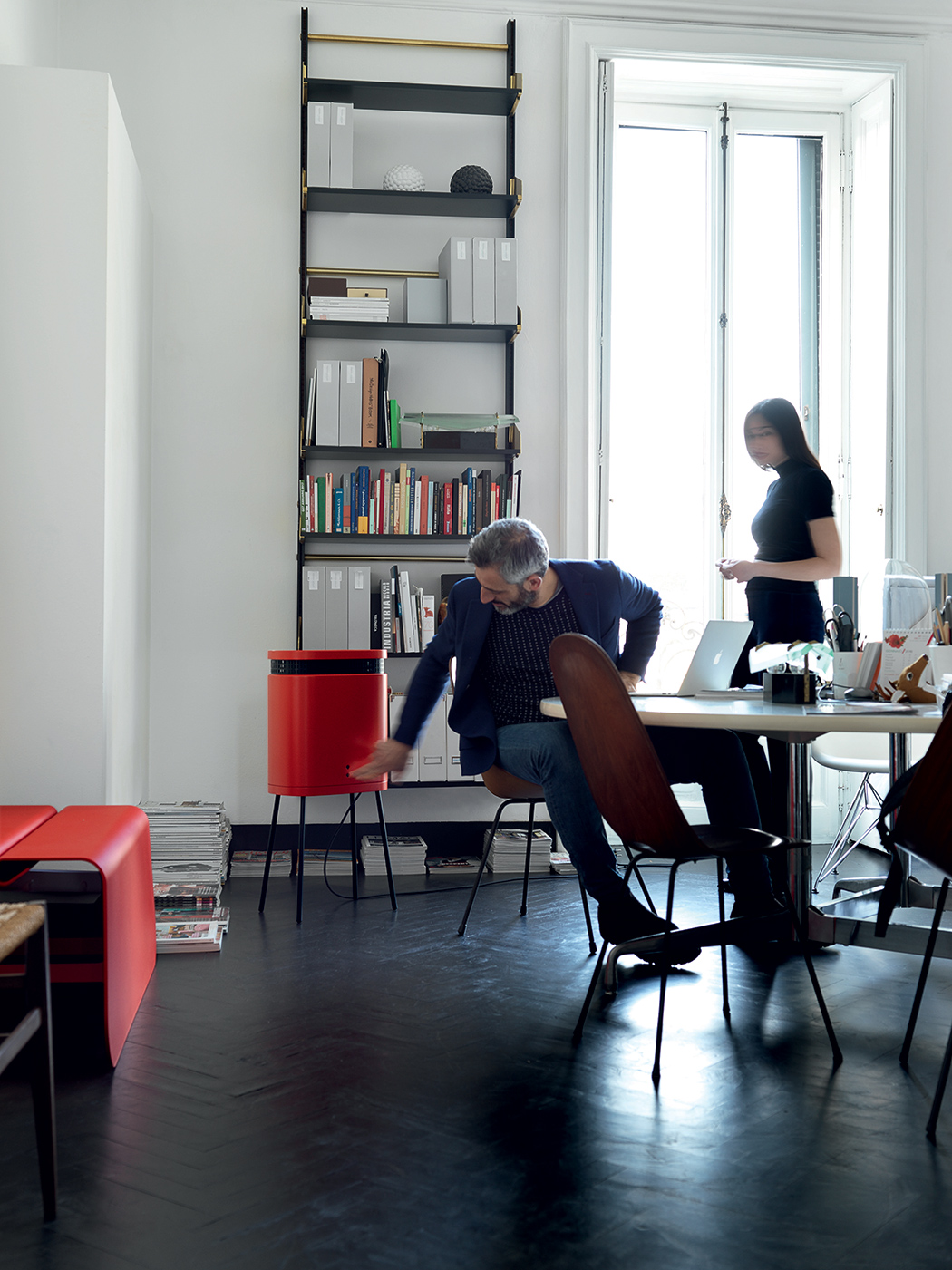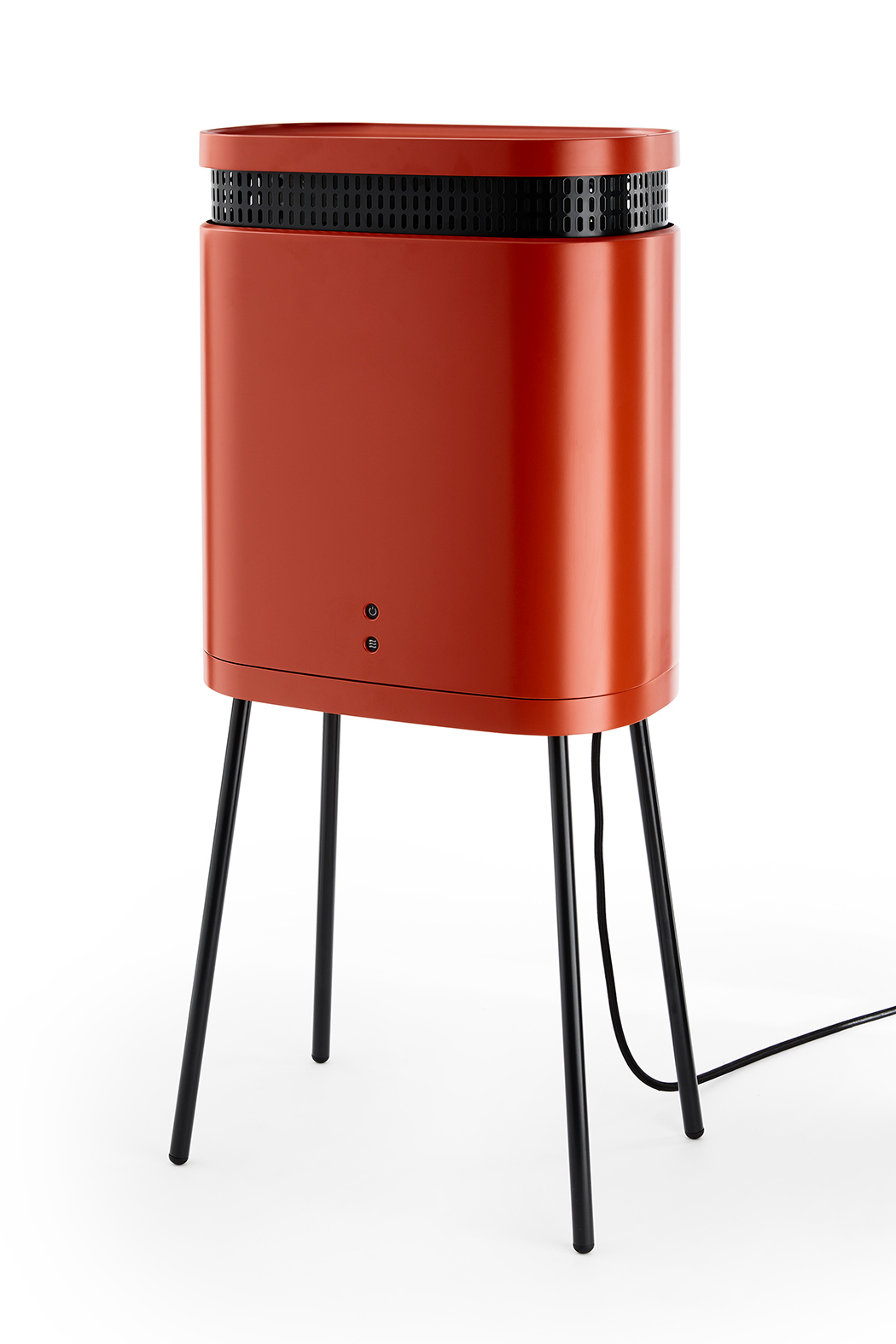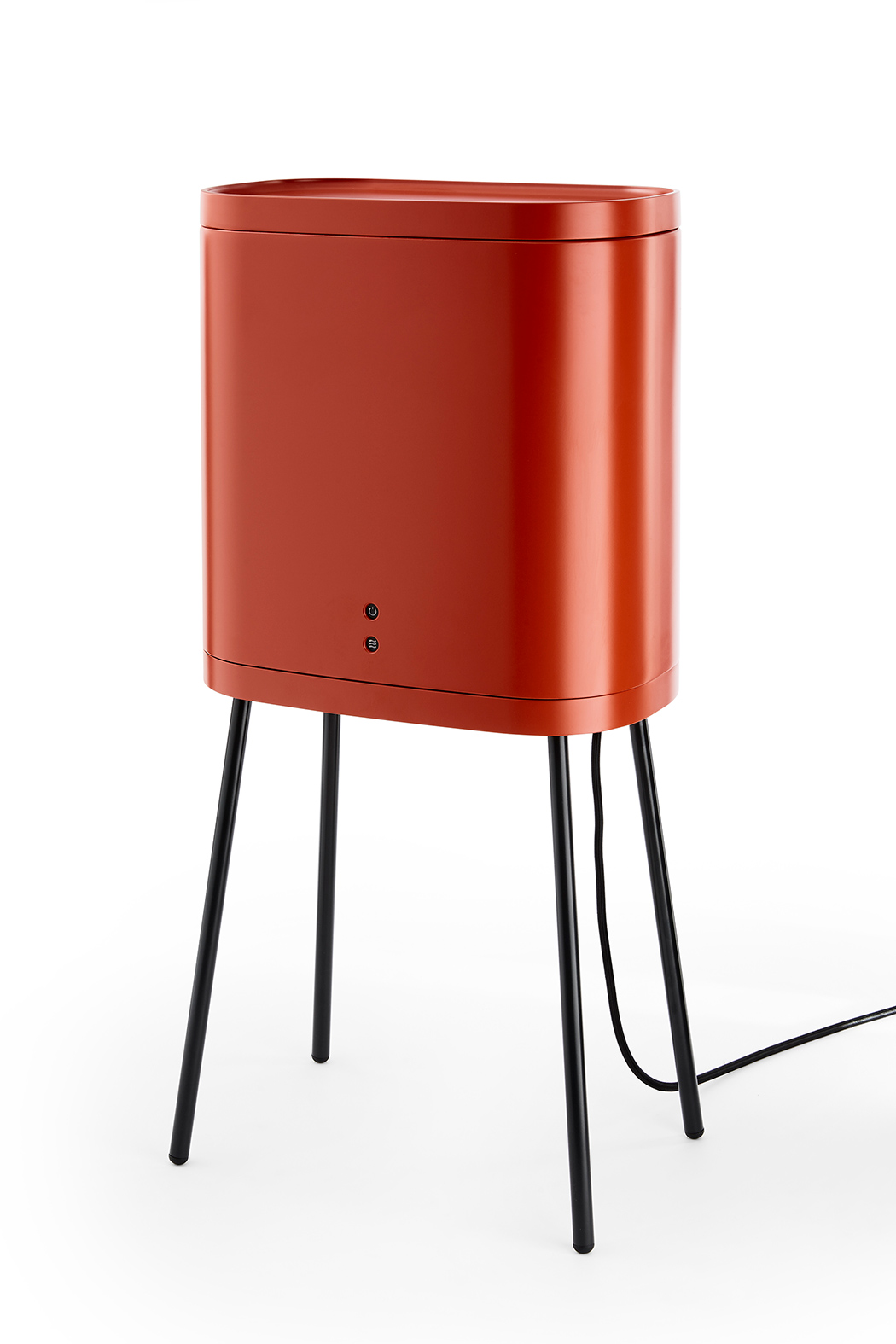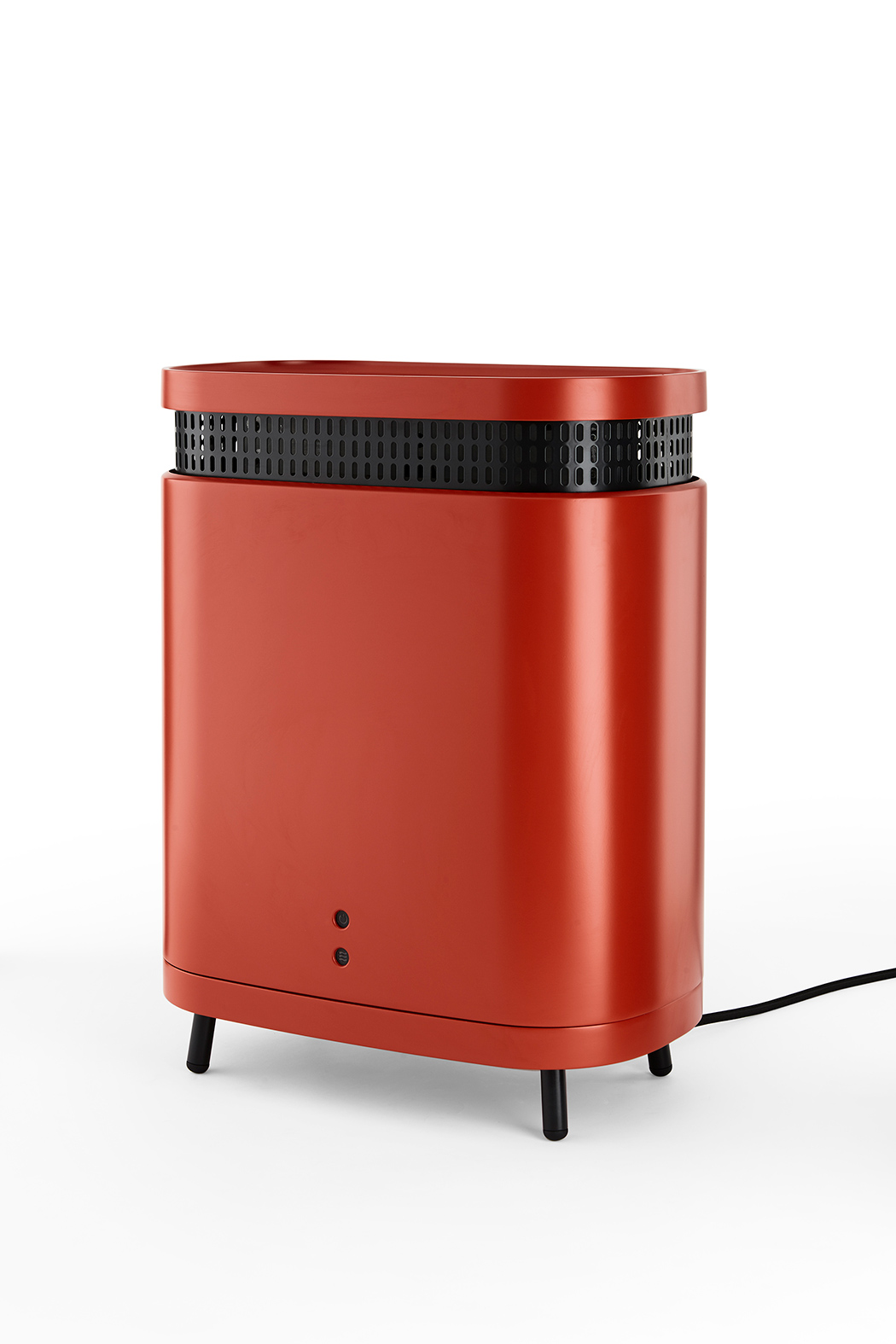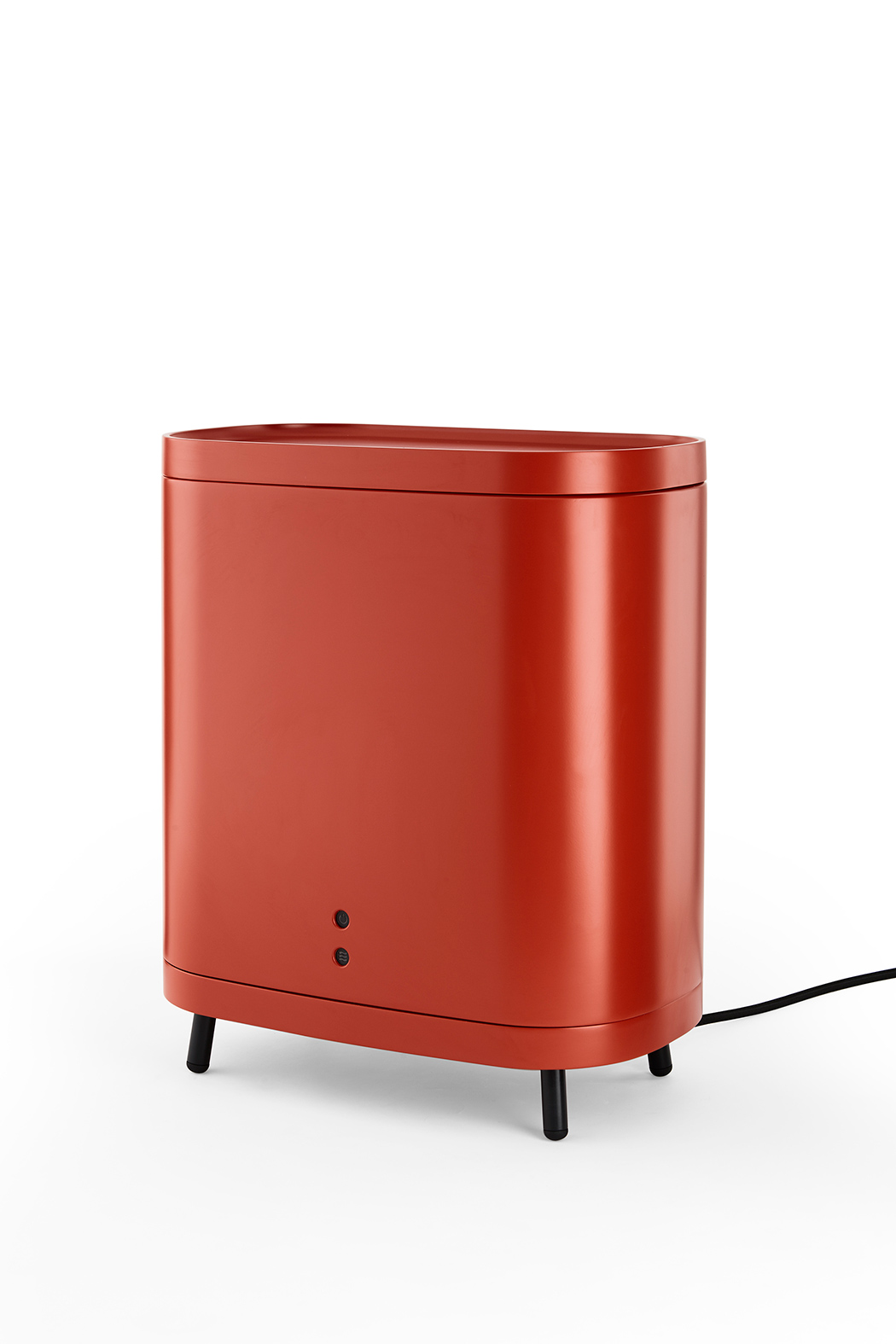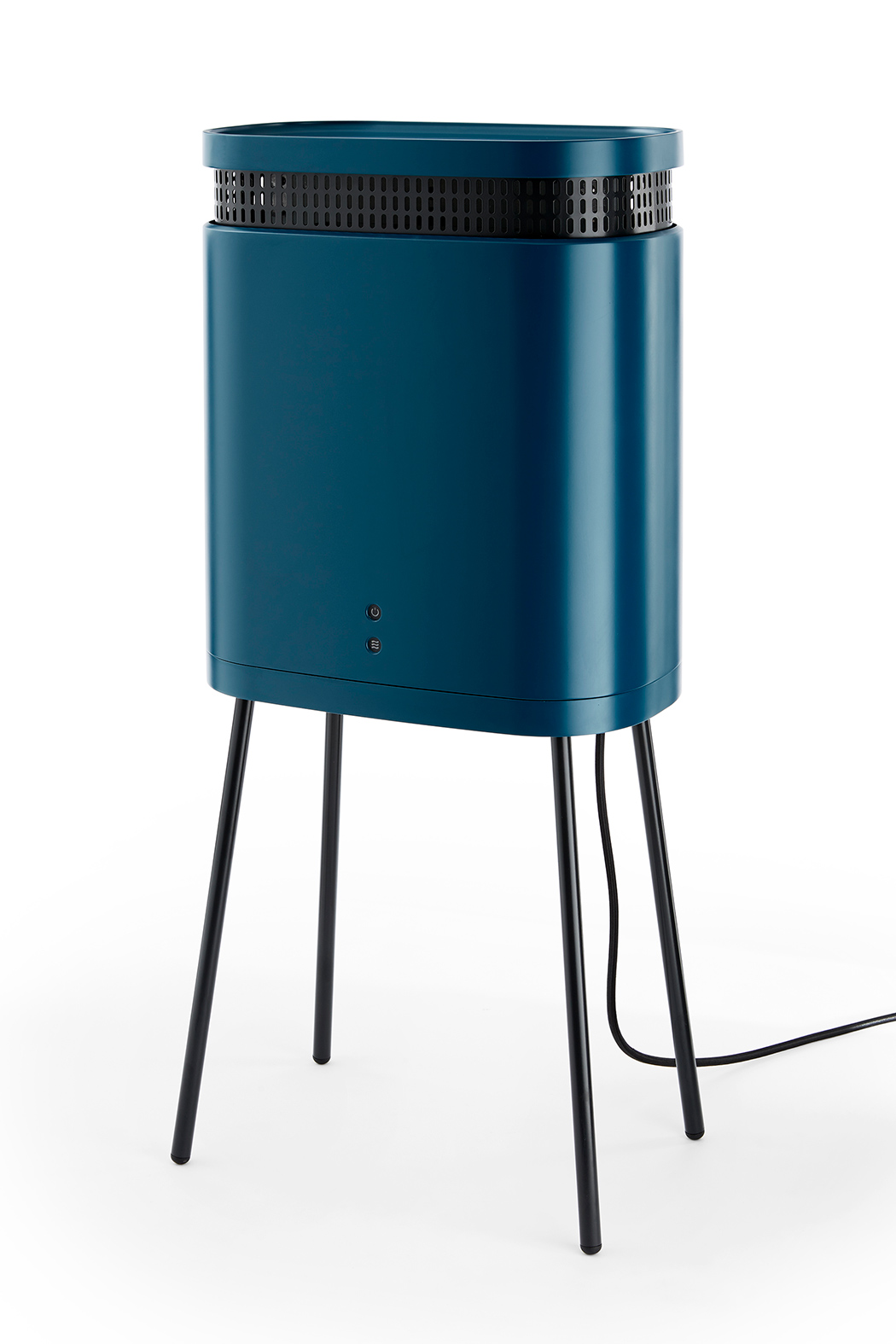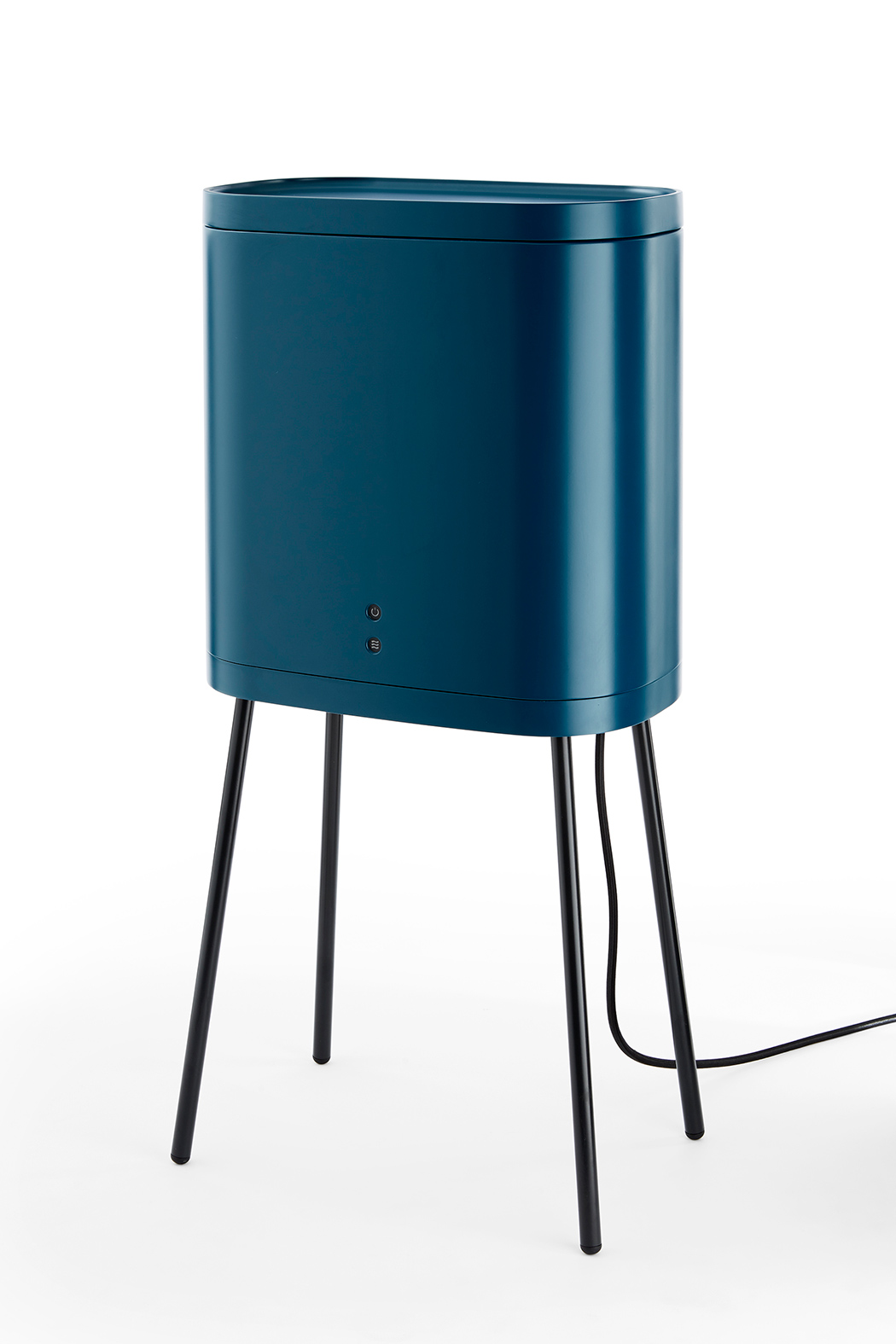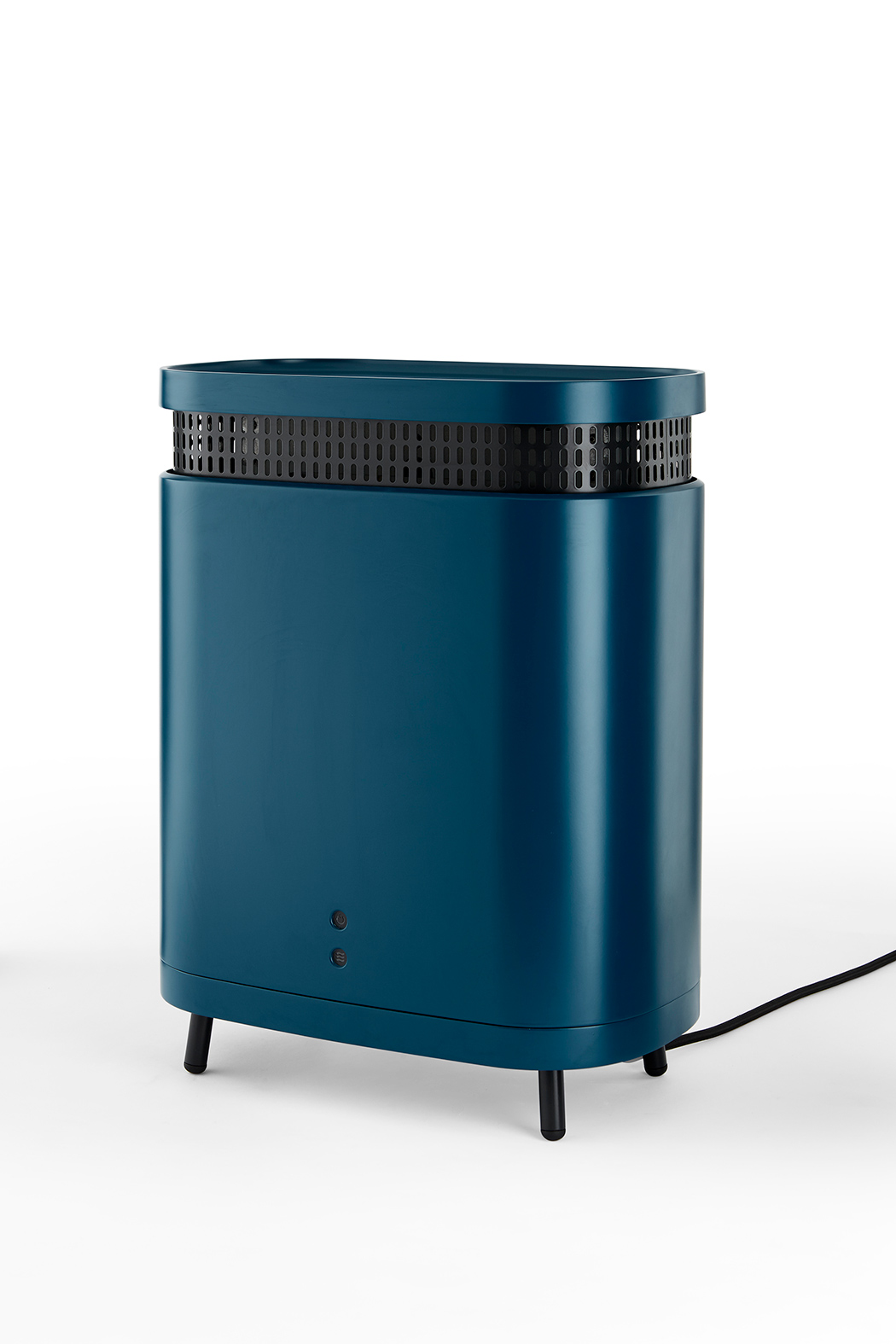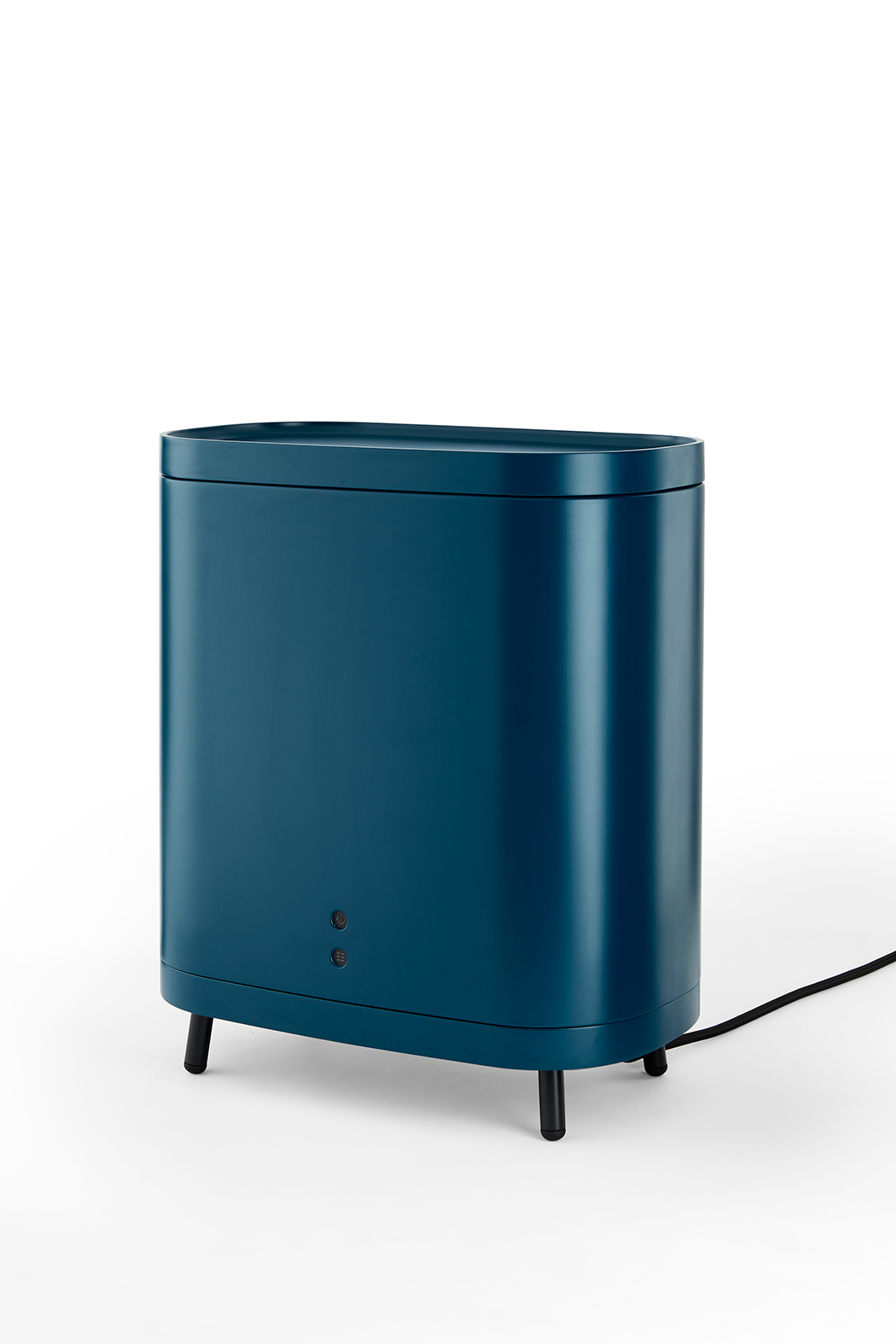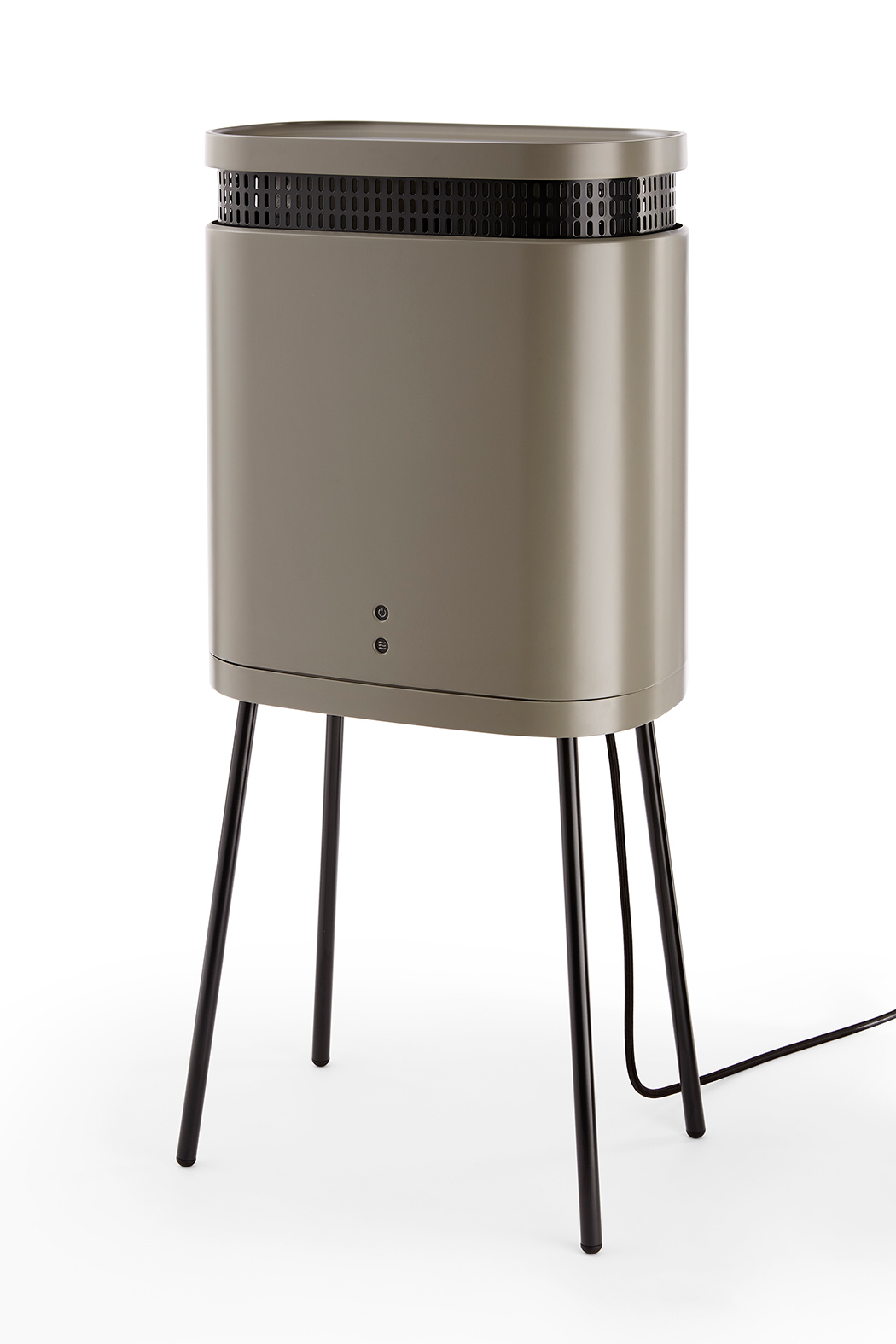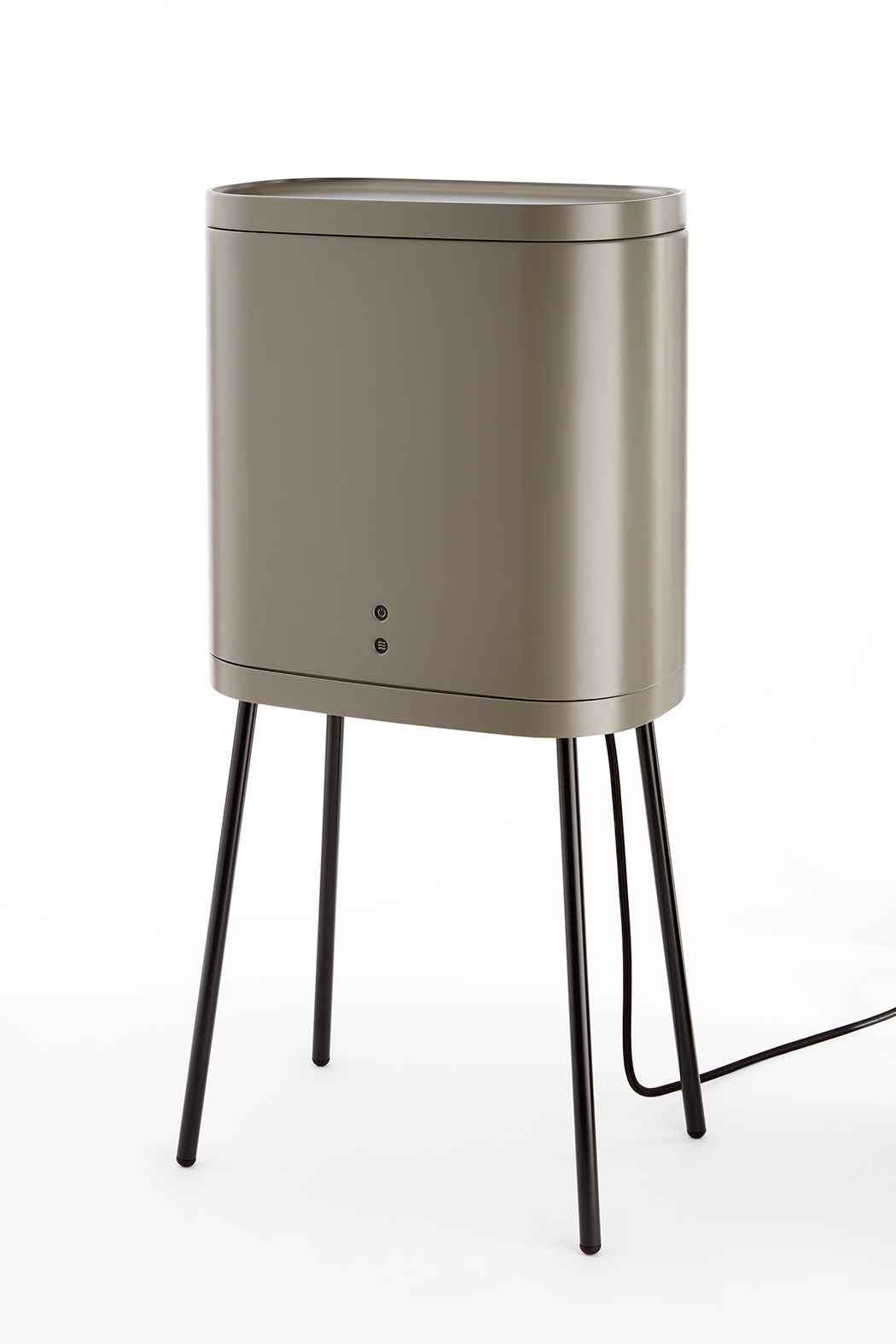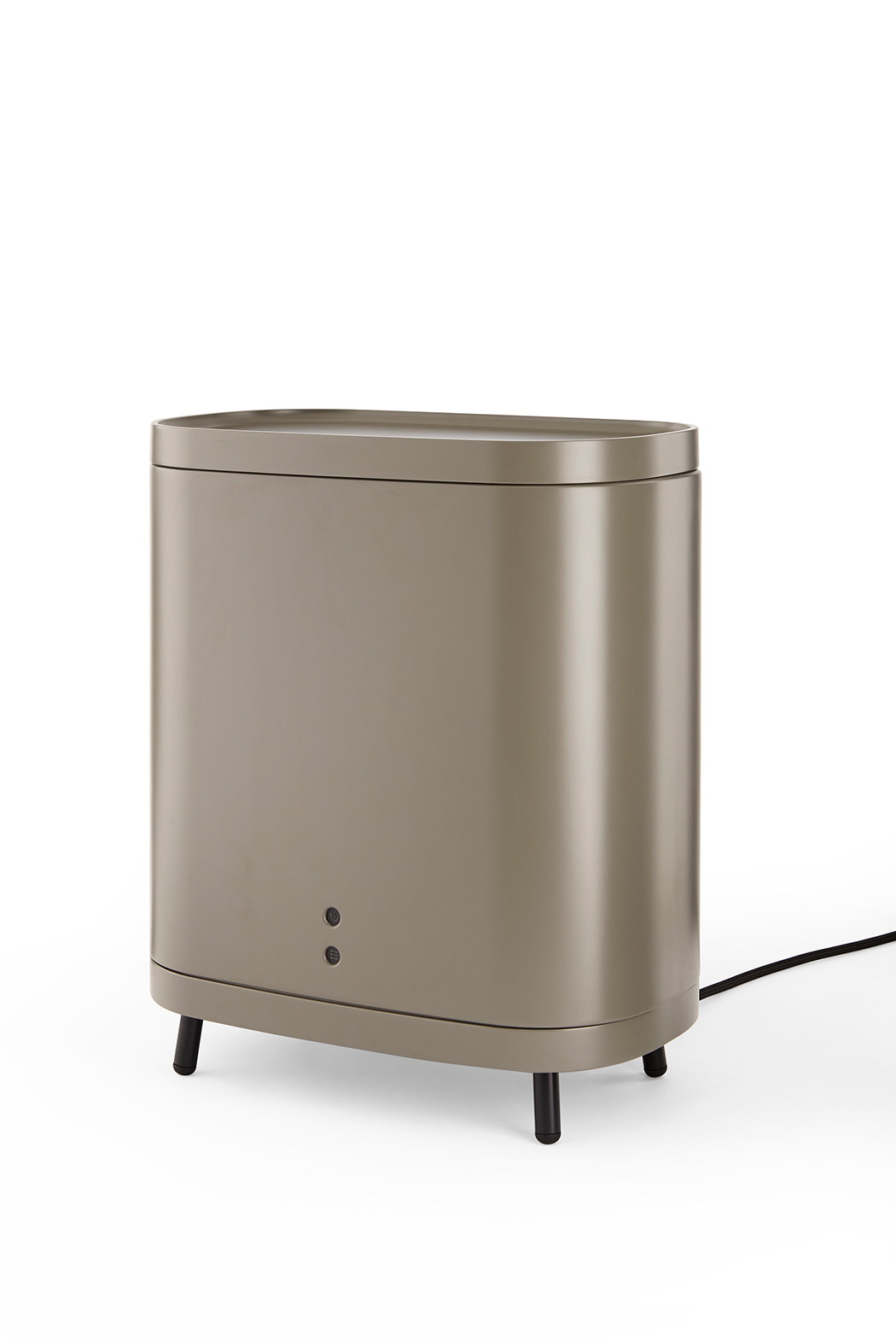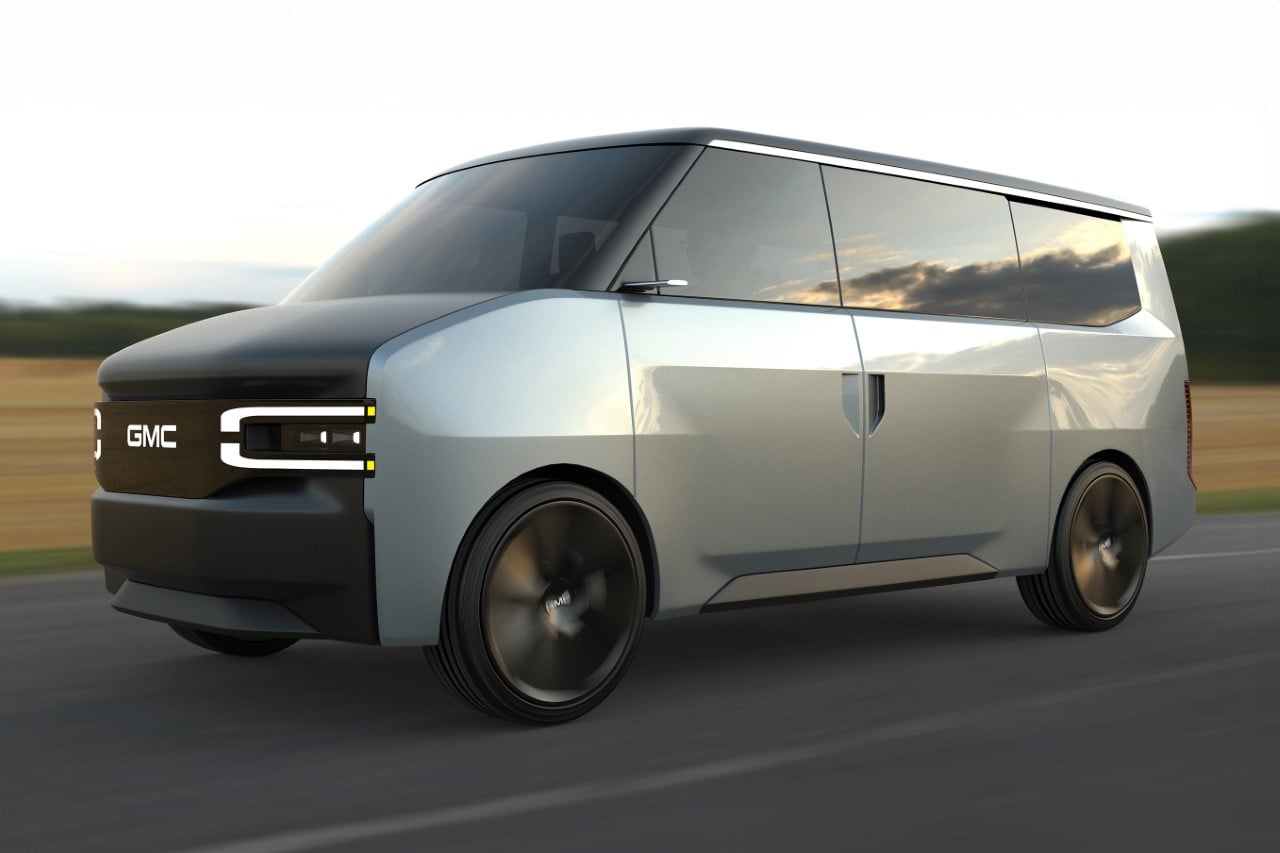
It’s as if GMC’s classic vehicles met Polestar and Canoo!
The GMC Safari (also marketed under GM’s sub-brand Chevrolet as the Chevy Astro) was easily the most iconic van of the 90s, not just as a passenger minivan but even as a cargo transport van. Known to an entire generation as the ultimate carrier of goods and humans, GMC and Chevrolet gradually phased out the vehicle in 2005 following dwindling sales – some of which get attributed to the fact that the car was known to be such a durable work-horse it just lasted long enough for people not to end up buying new models.
However, nearly 20 years later, vans are clearly making a comeback. Volkswagen, Canoo, Ford, and Toyota have all jumped on the electric bandwagon (or should we say van-dwagon!) and now couldn’t be a more perfect time for GMC to issue a redesign for the Safari… after all, VW did exactly the same with its ID.BUZZ microbus.
Designer: Jordan Rubinstein-Towler
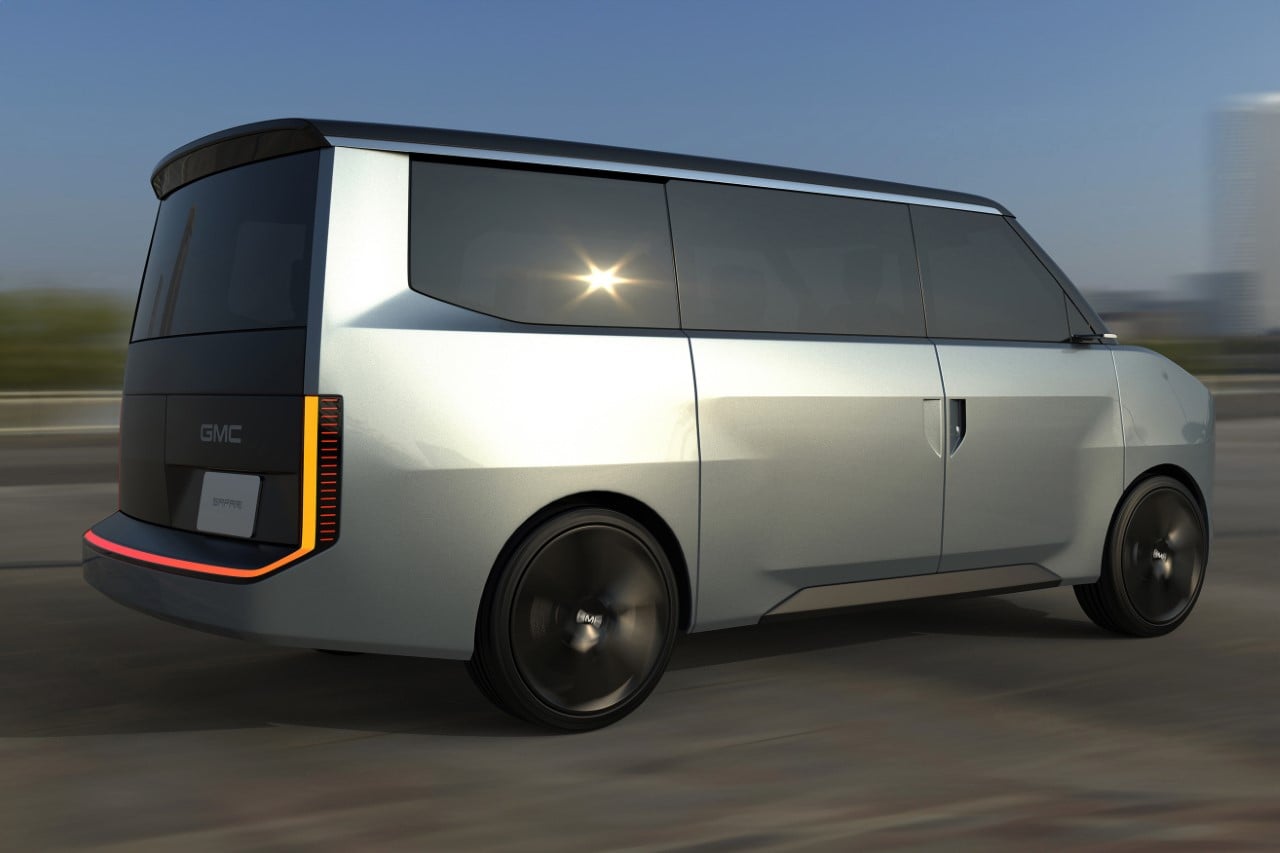
This modern-day GMC Safari is just as reliable and spacious as its predecessor but comes with an electric heart in its rib cage instead of a gas-powered one. The 2023 GMC Safari concept comes from the mind of automotive designer Jordan Rubinstein-Towler, who decided to modernize one of the most iconic vans of yesteryear, reviving it as a contemporary electric vehicle that can handle the demanding cargo and performance conditions of the spacious van category.
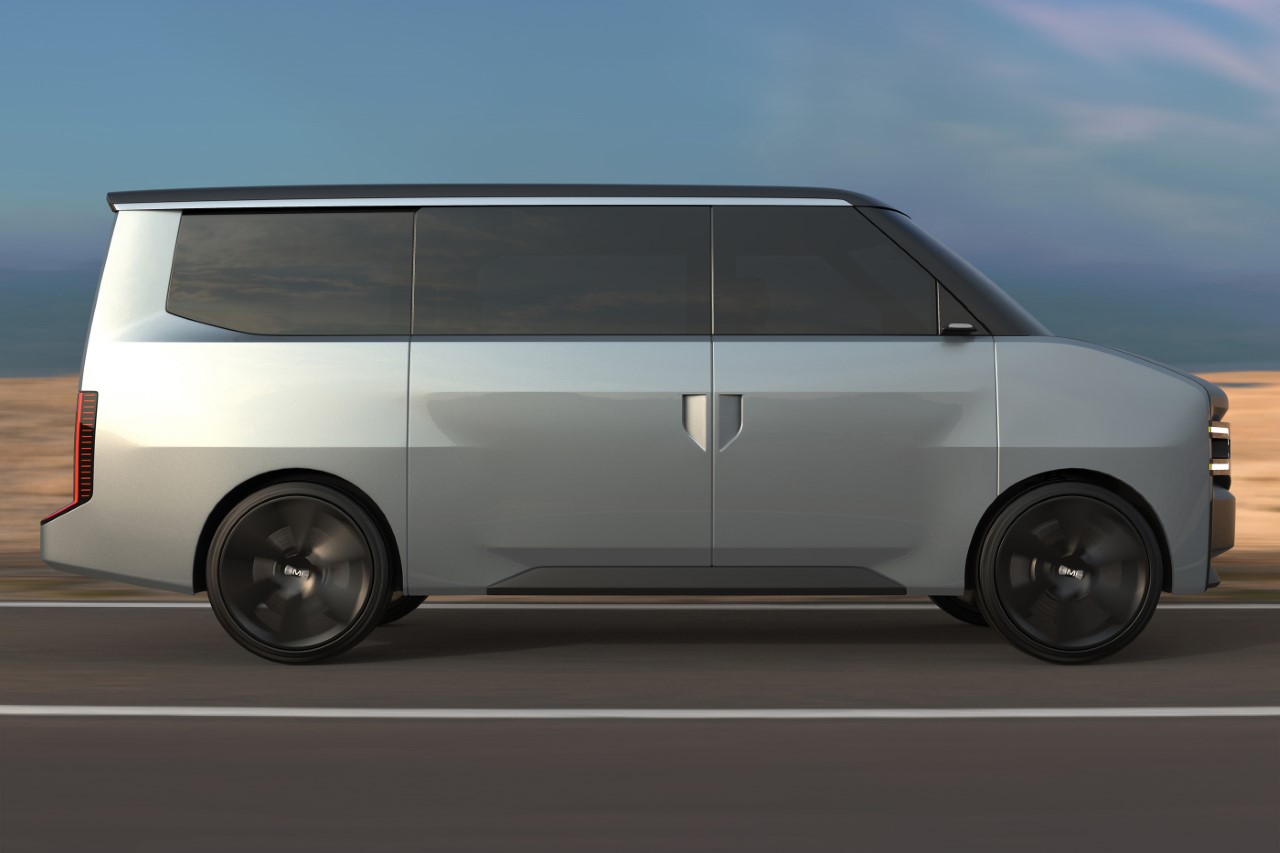
The updated van concept features a slick, no-nonsense design that borrows its essence from the original Safari series. Smooth paneling gives the van an incredibly clean look, setting it up perfectly against its urban utopia. Edge lines on the side enhance the van’s dynamism, and a trailing roof and rear bumper overhang ever so slightly from the back, making it look like the car’s creating a motion blur. The lack of visible pillars reinforces the motion-blur aesthetic too, and just to drive home the reliable robustness of this secure van, the doors come with shield-shaped cutouts.
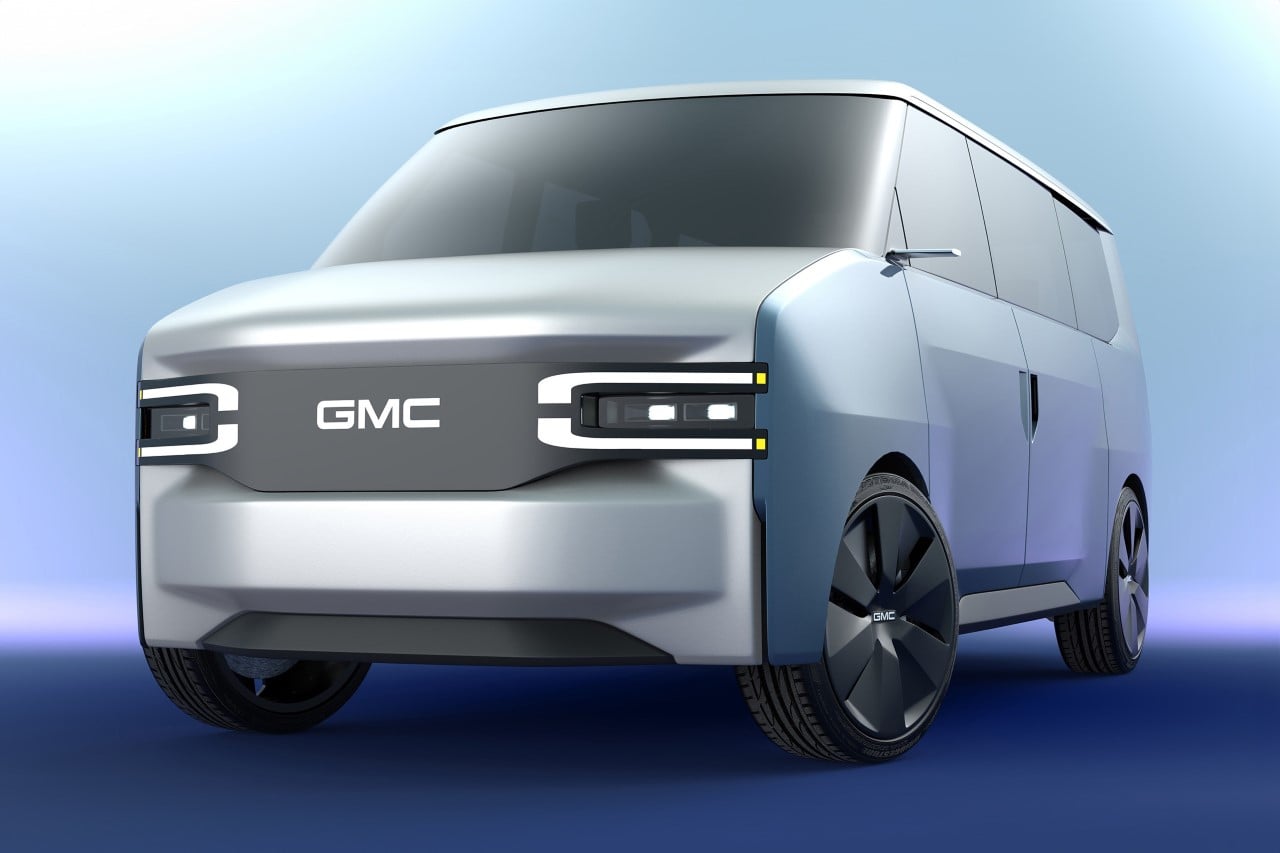
The car’s modern overhaul is also expressed through its redesigned front, which features more sleek, streamlined headlights as well as taillights, along with a glowing GMC logo against a flat panel where the Safari would originally have its radiator grill. The absence of the grill is almost a defining symbol of electrification, a symbol that the Safari wears proudly. The glowing GMC logo, however, feels a little too similar to the DMC logo seen on the DeLorean. Finally, the van ditches conventional rear-view mirrors for innovative, razor-thin rear cams that beautifully emerge from the base of the A pillar.
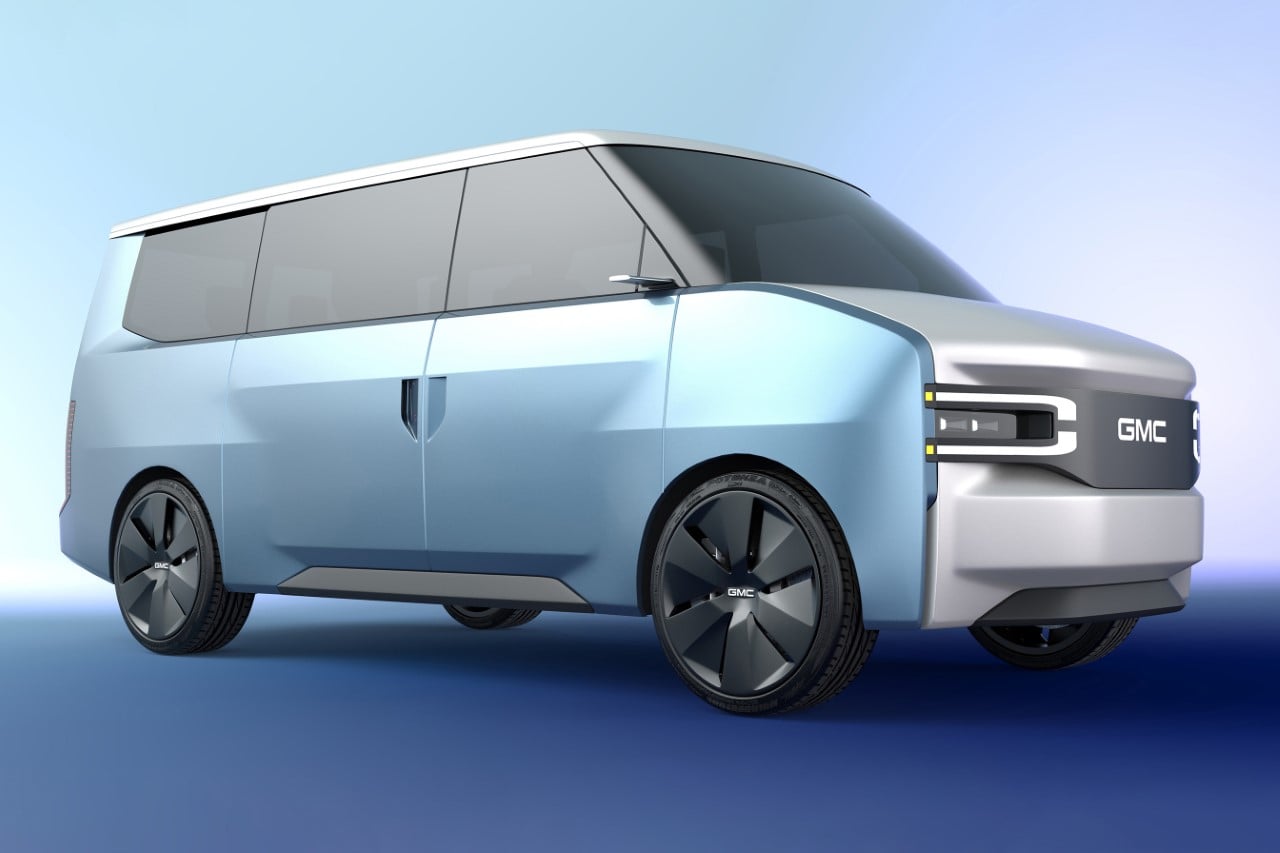
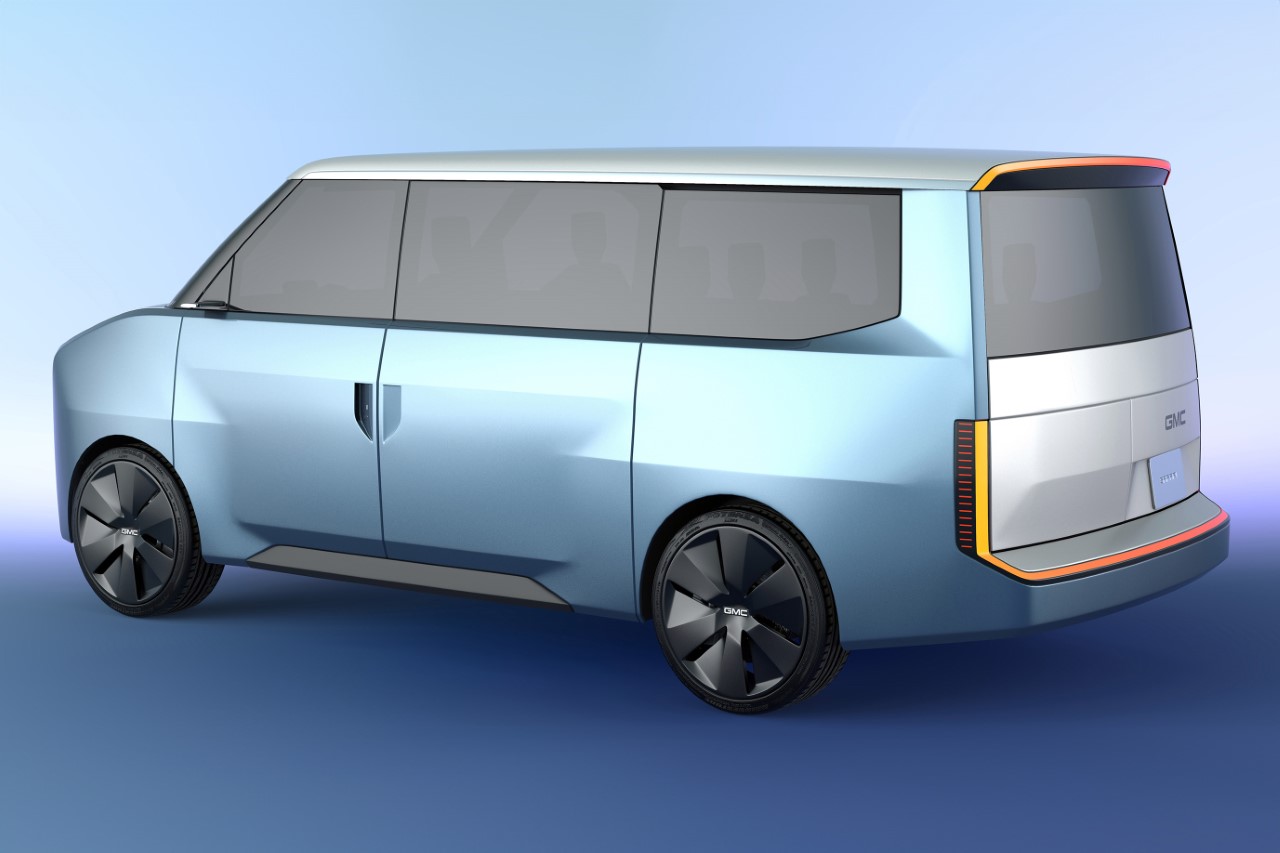
The rear is filled with interesting details too. The vertical bar headlights from the original get a minimalist makeover, featuring a continuous light-strip that goes from the left to the right. A roof taillight adds to the car’s safety, ensuring that everyone sees the lights flash when the van slows down or brakes.
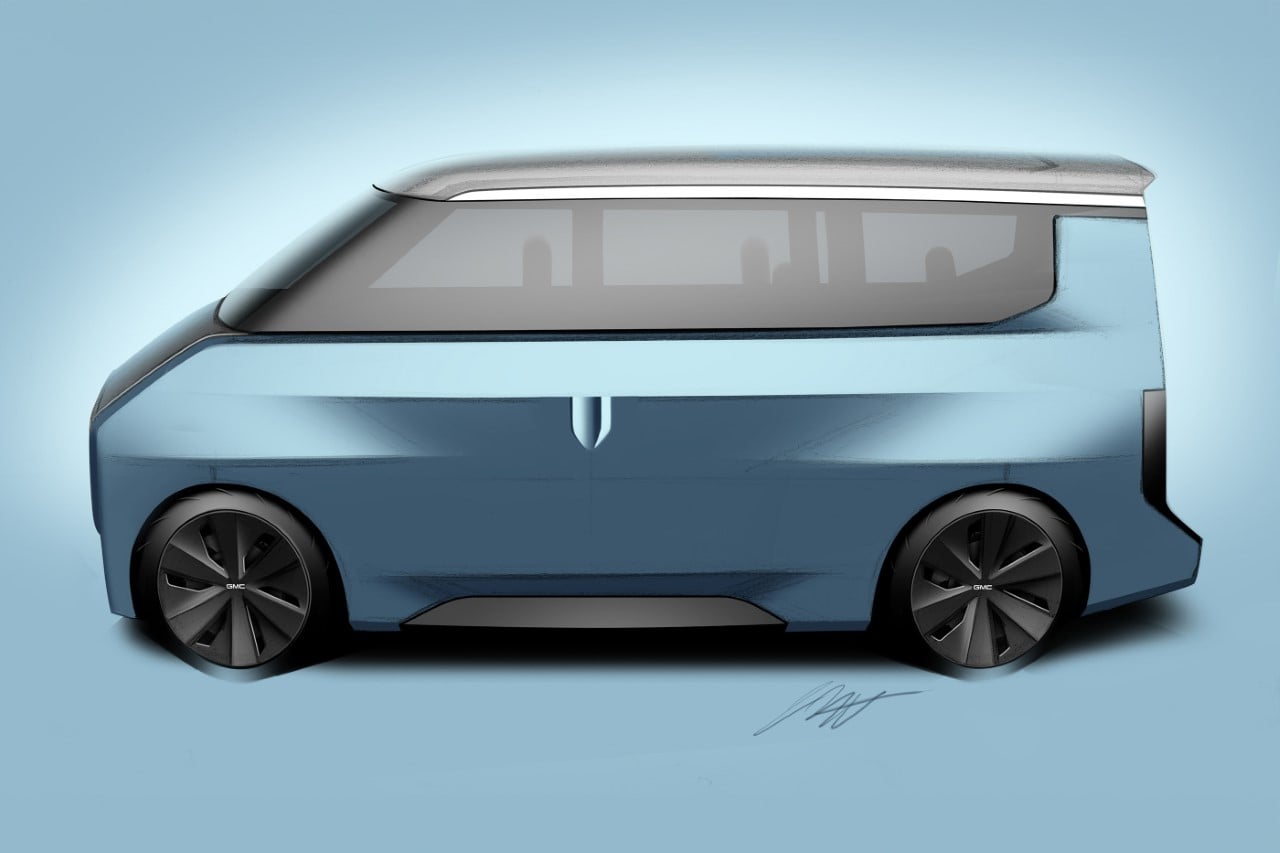
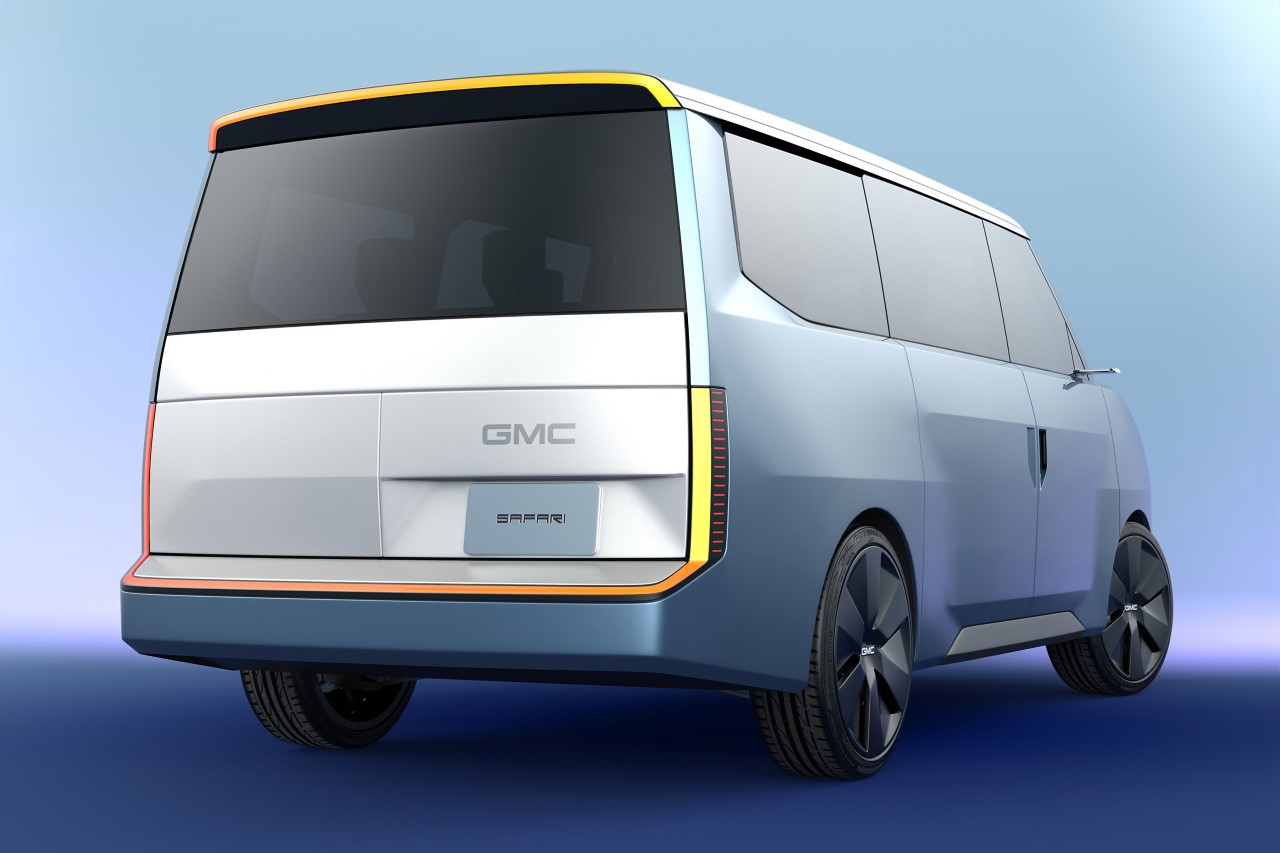
Designer Jordan Rubinstein-Towler even detailed the van’s interiors, focusing on a futuristic driver dashboard with a digital speedometer as well as a sprawling infotainment system. The rear of the car, given that it’s a van, is designed to be incredibly spacious too. Jordan mentioned that the Safari would feature a front-facing battery unit, allowing the van to have a lower floor in the rear, giving extra head-room for people as well as for storing cargo. Compact dual rear motors placed at the outer widths of the vehicle also help provide a larger space at the back.
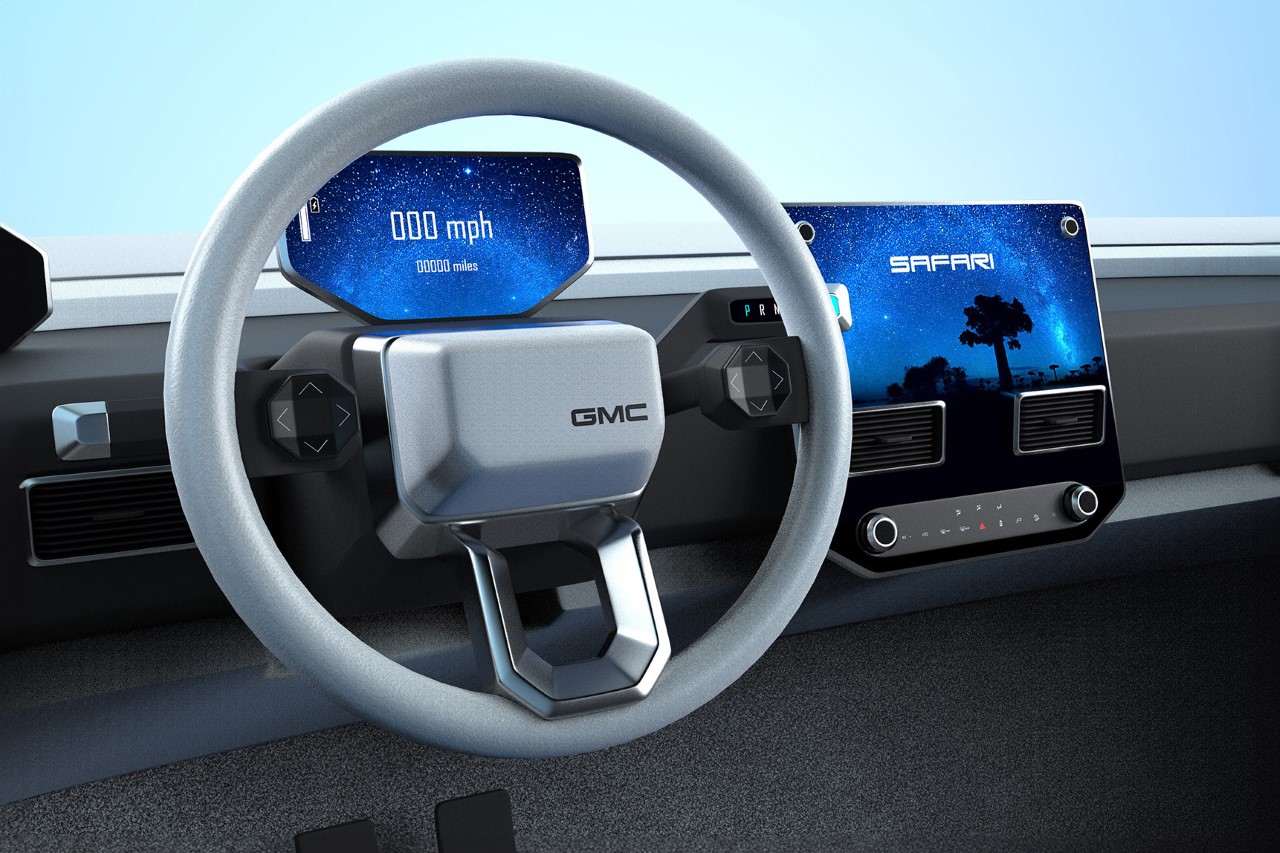
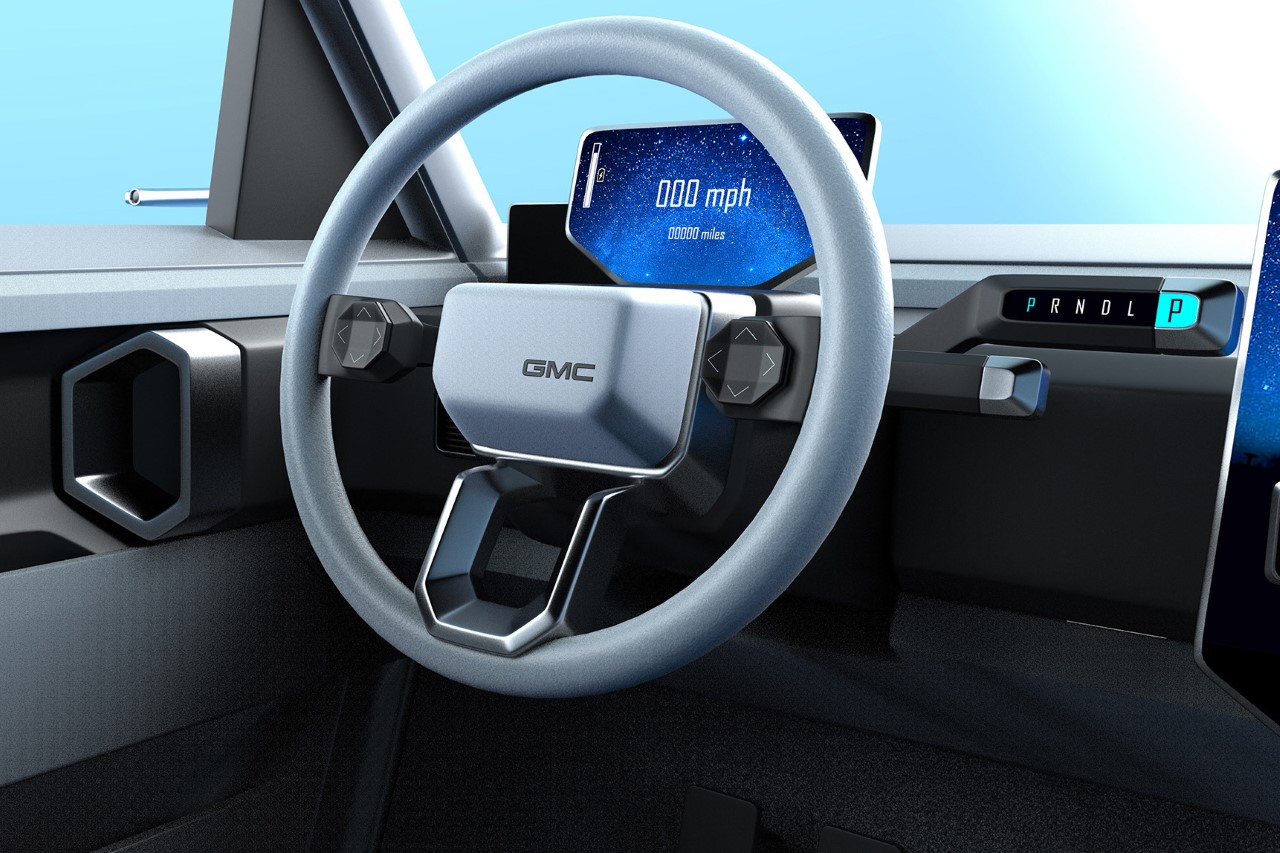
It’s a commonly known fact that GM would often market similar models with slight tweaks in design under its different sub-brands. The GMC Safari had a twin in the Chevrolet Astro, which was sold in other parts of the world as well as in America. Notably, the Astro had the same chassis and design, with a few cosmetic changes. Given that the Safari and Astro were soul-siblings, designer Jordan Rubinstein-Towler decided to redesign the Astro too. Shown here as a cargo van (as opposed to the Safari passenger minivan), the Chevy Astro features the same design details but with an updated pair of headlights, a Chevy logo on the front as well as the wheels, and the lack of rear windows.
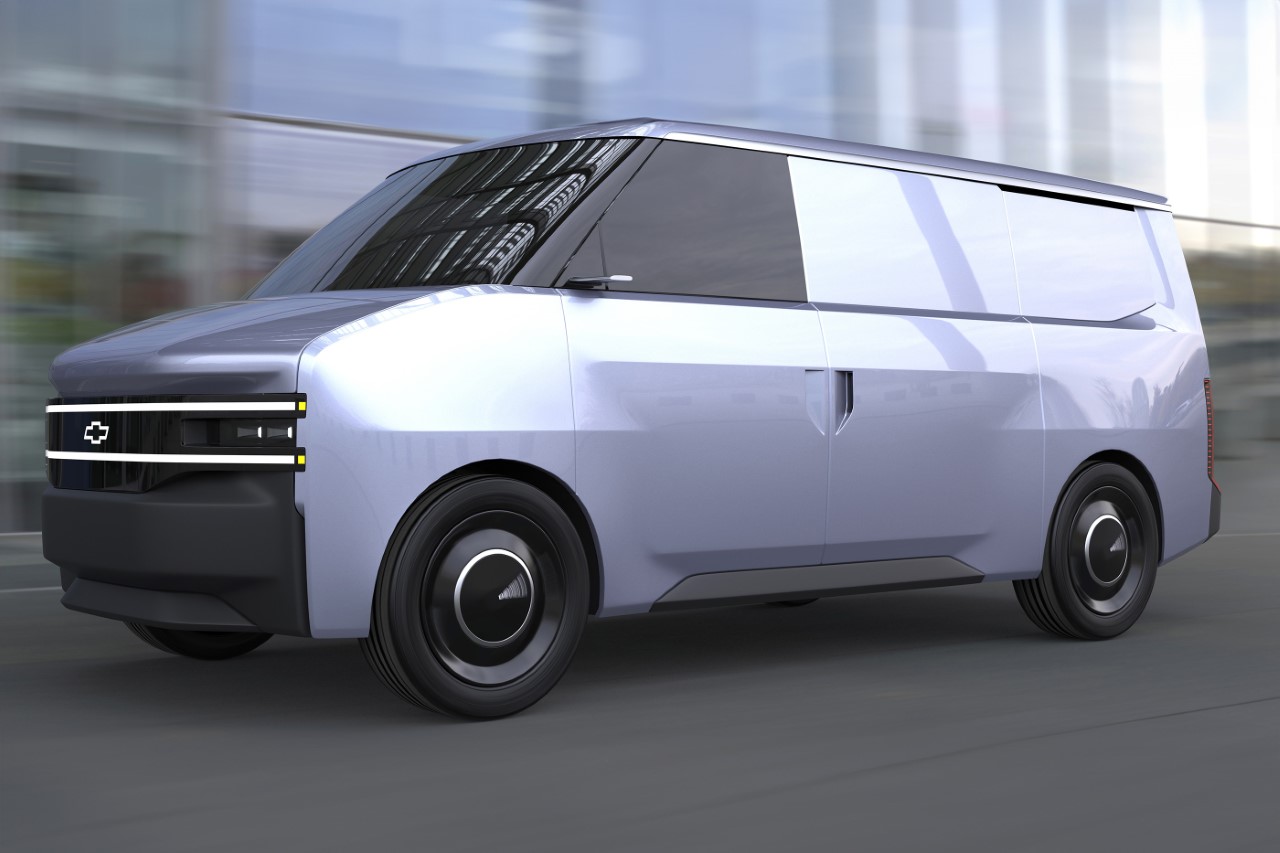
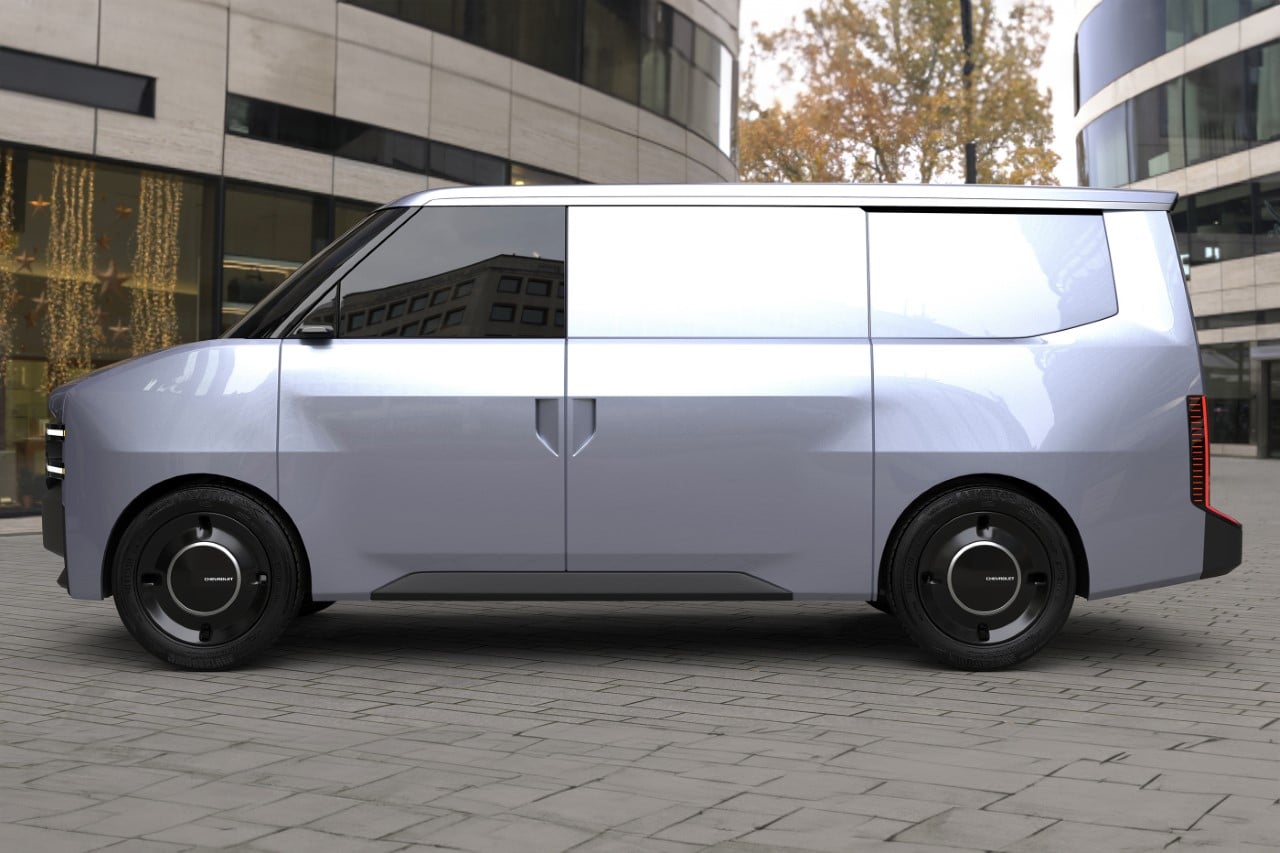
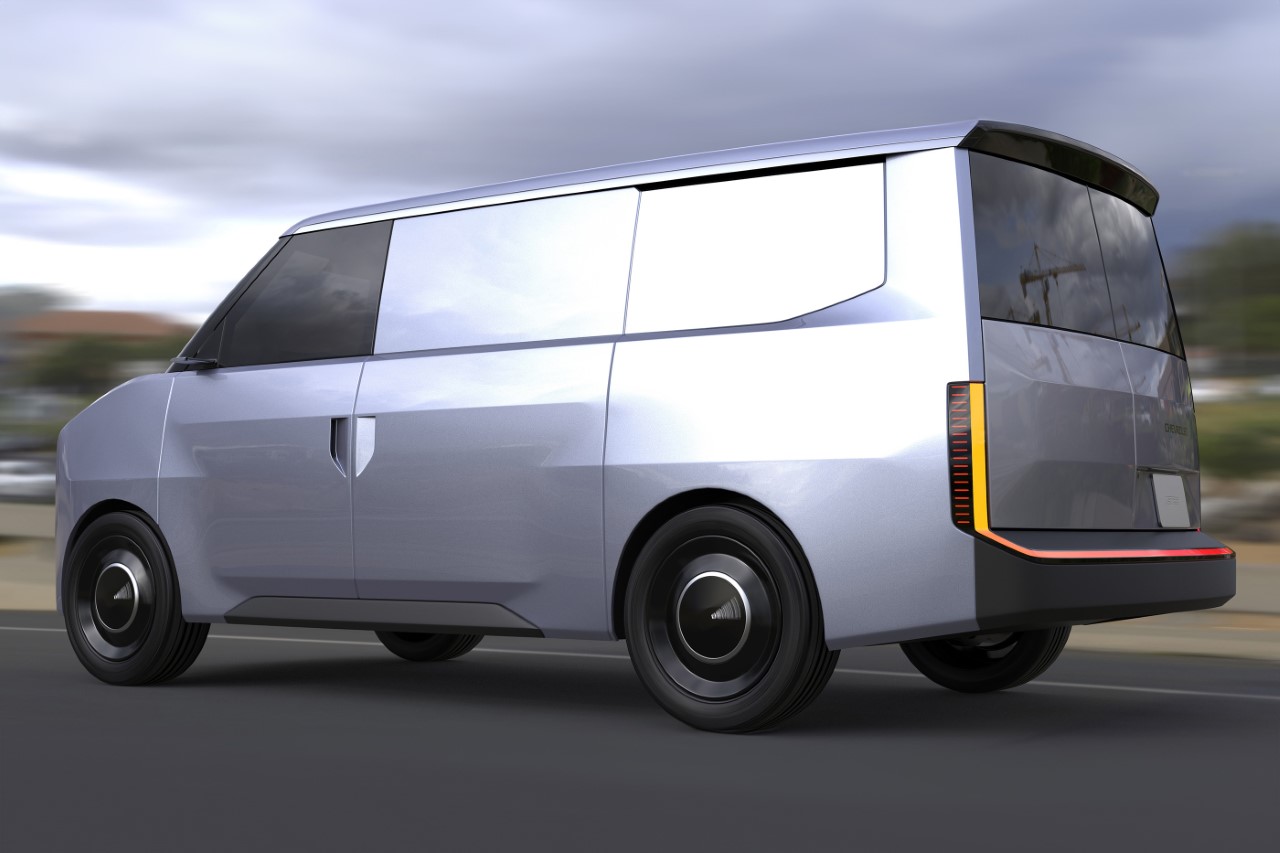
The post The GMC Safari Gets Resurrected As A Gorgeously Slick Electric Van Concept first appeared on Yanko Design.
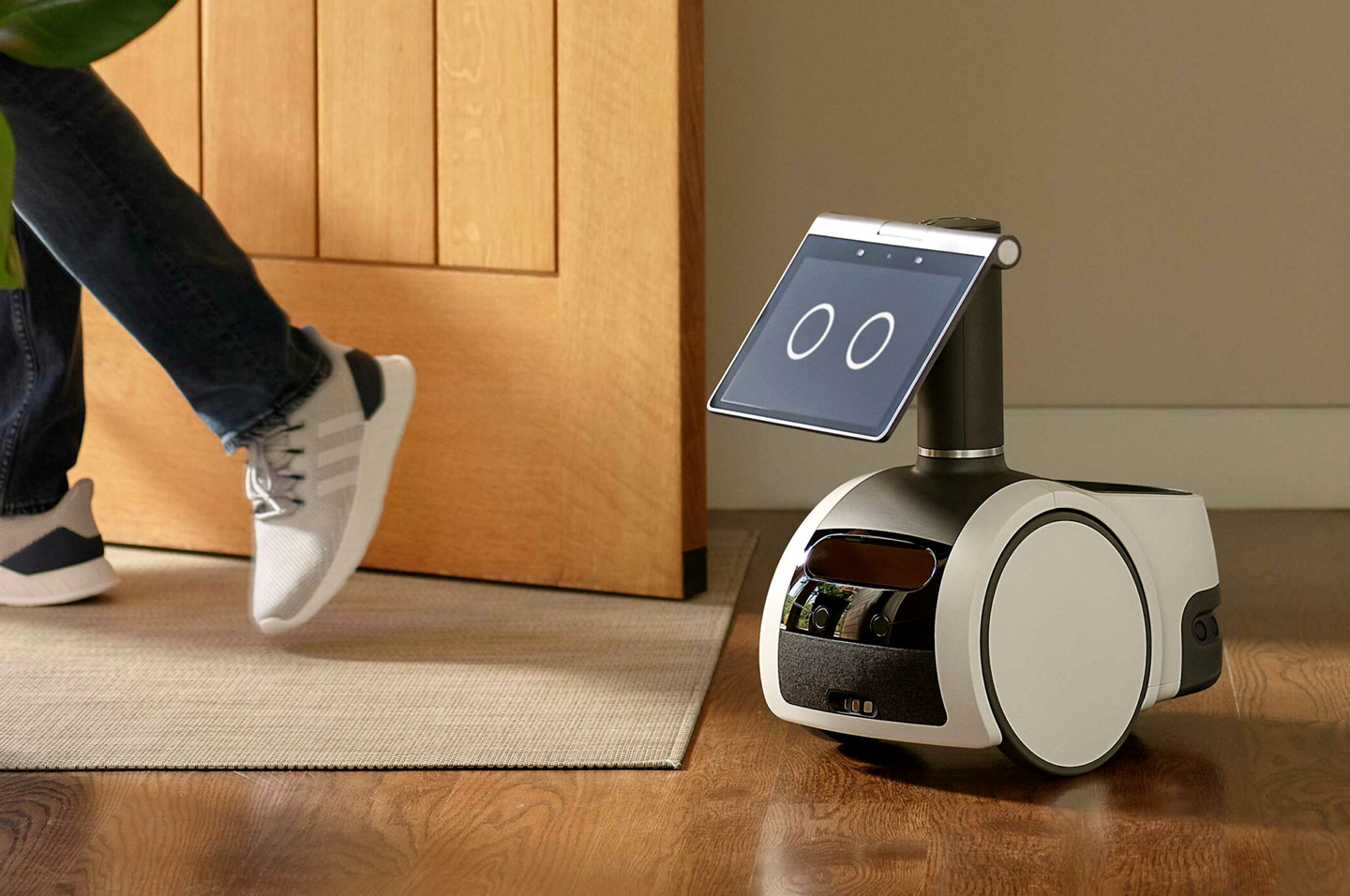

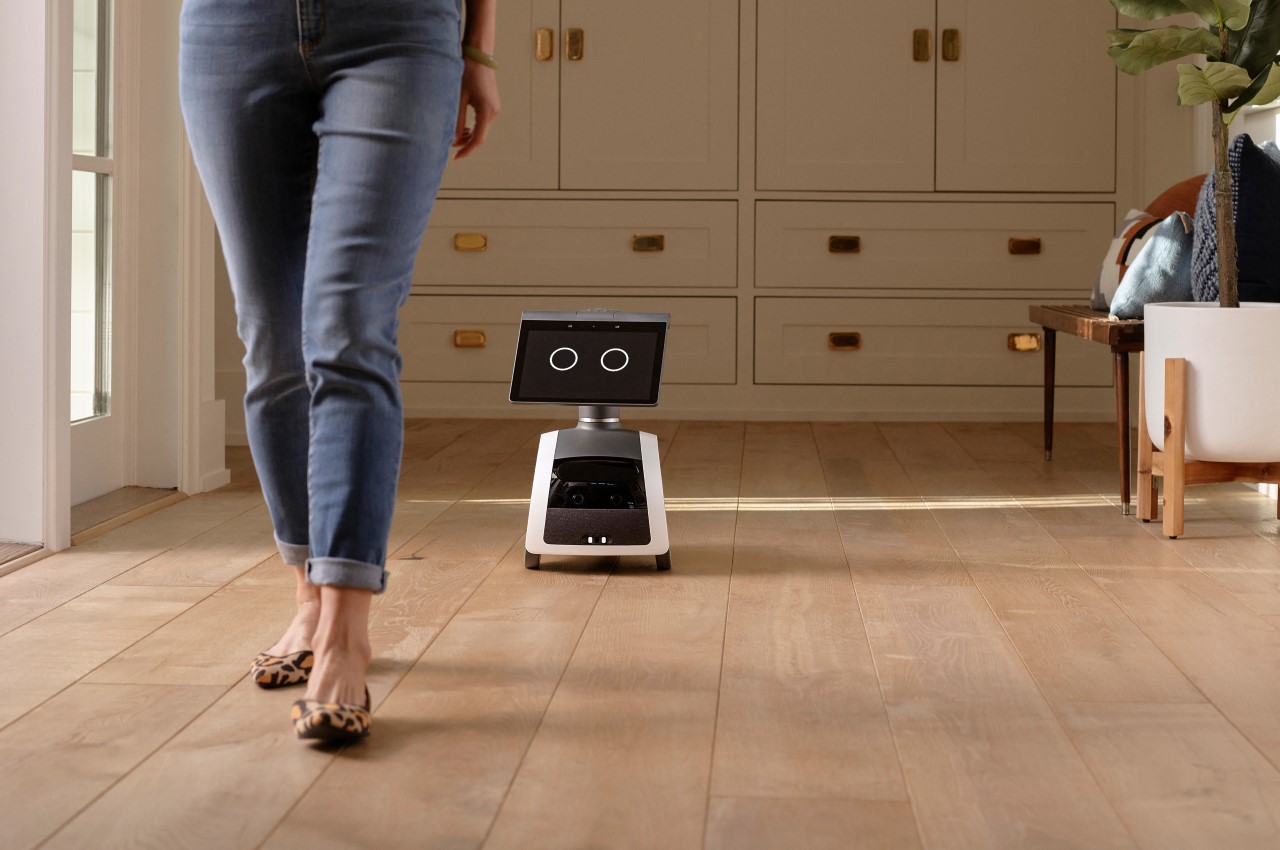
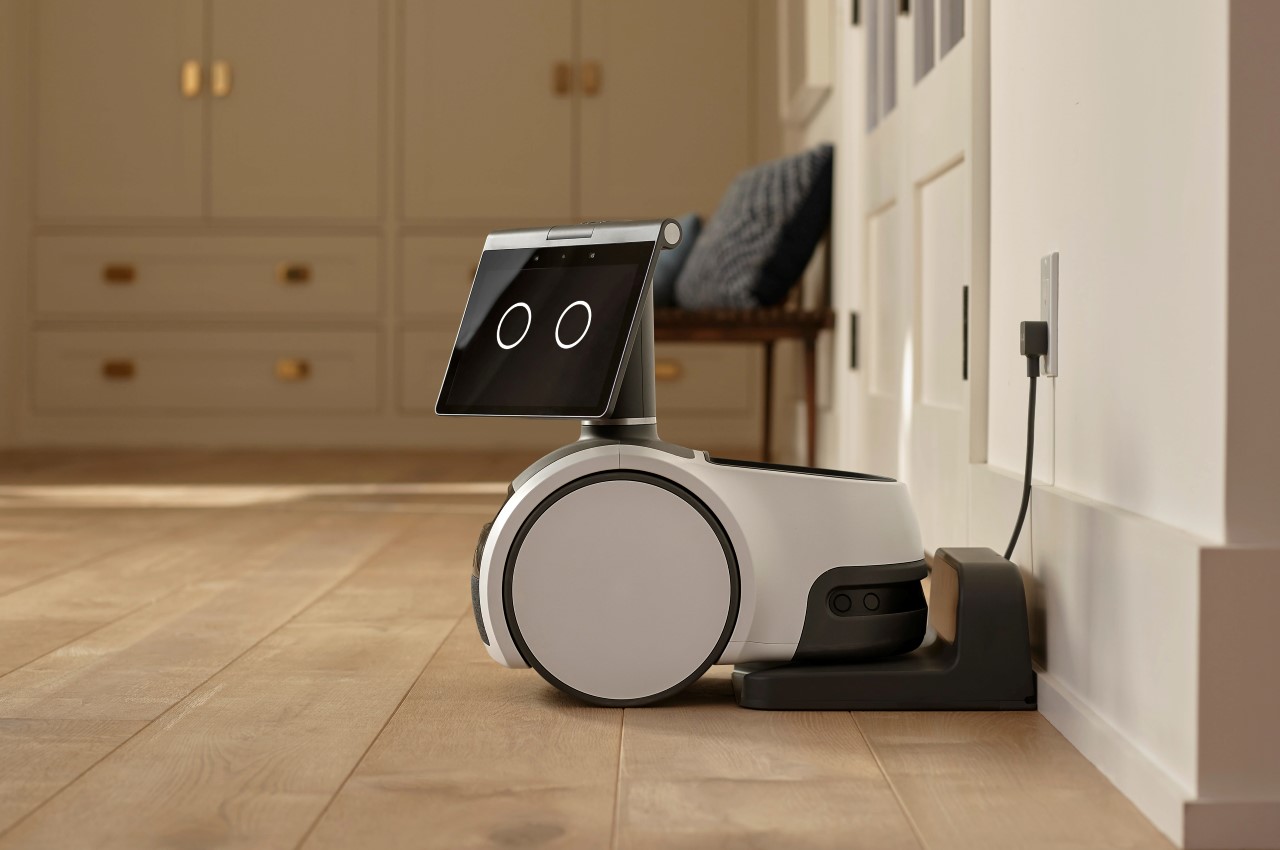
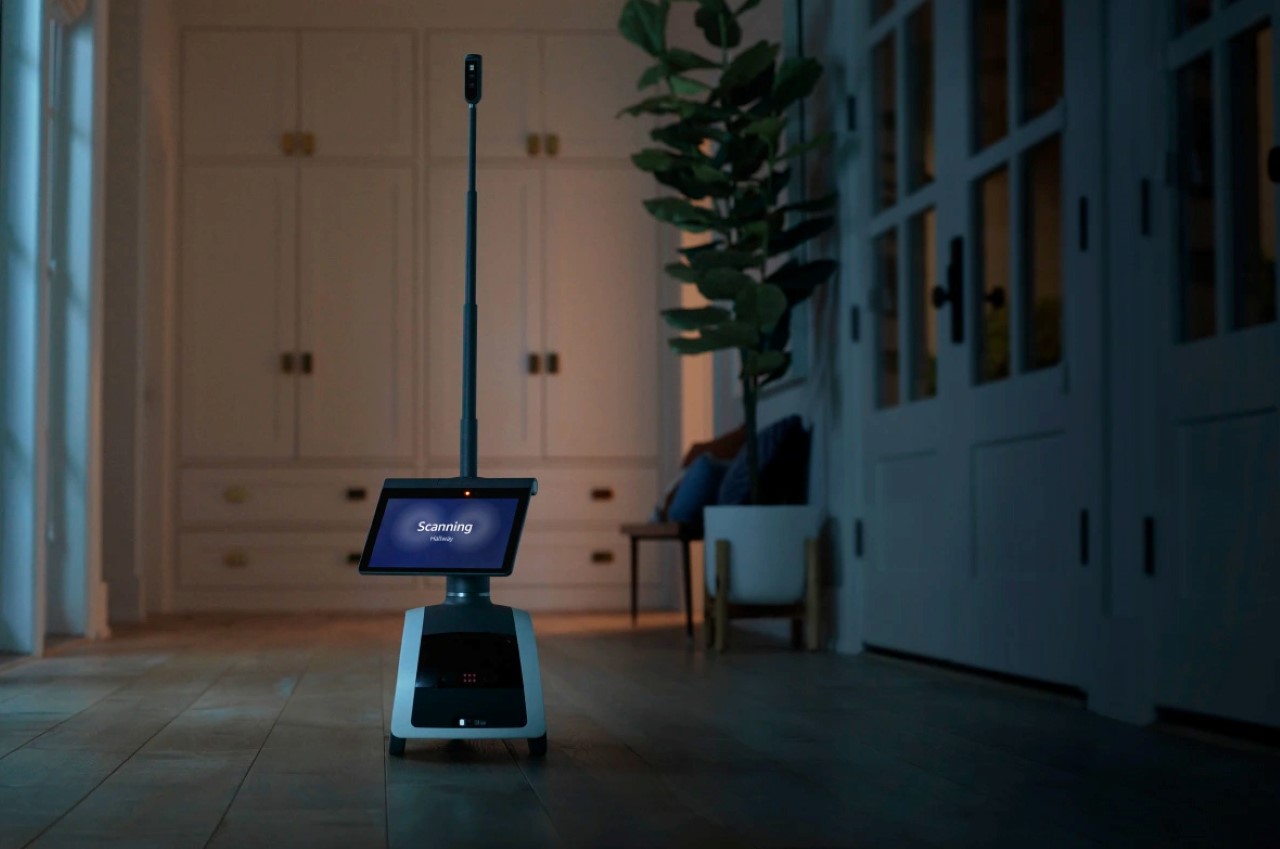
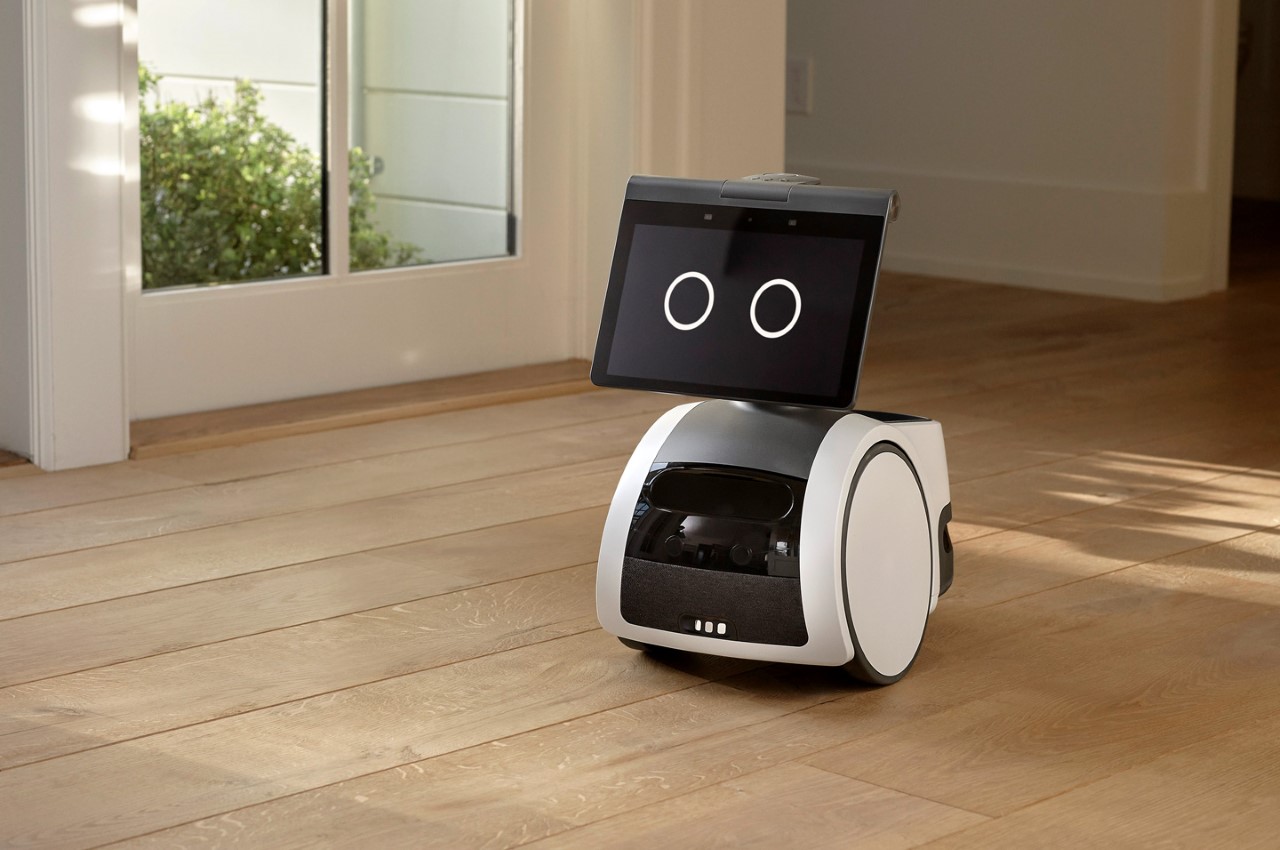
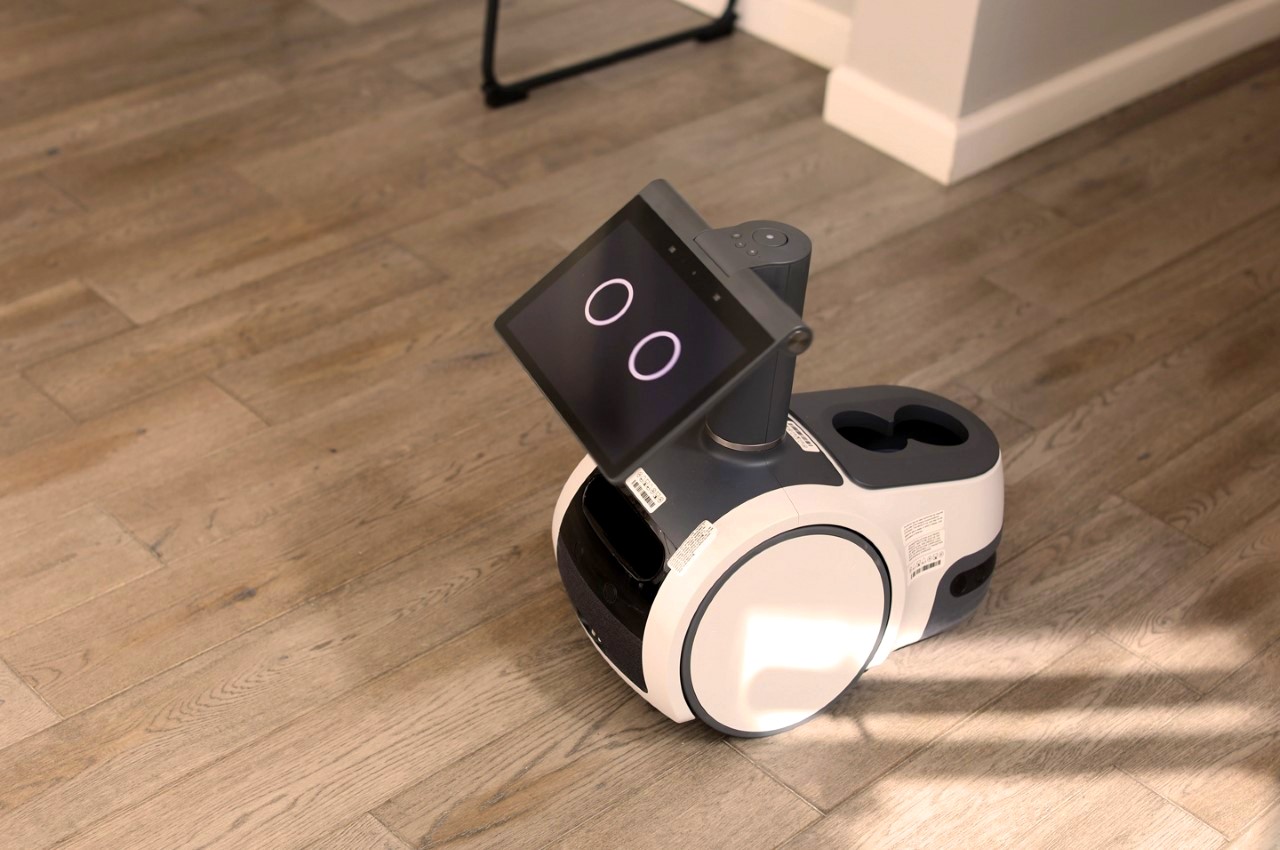
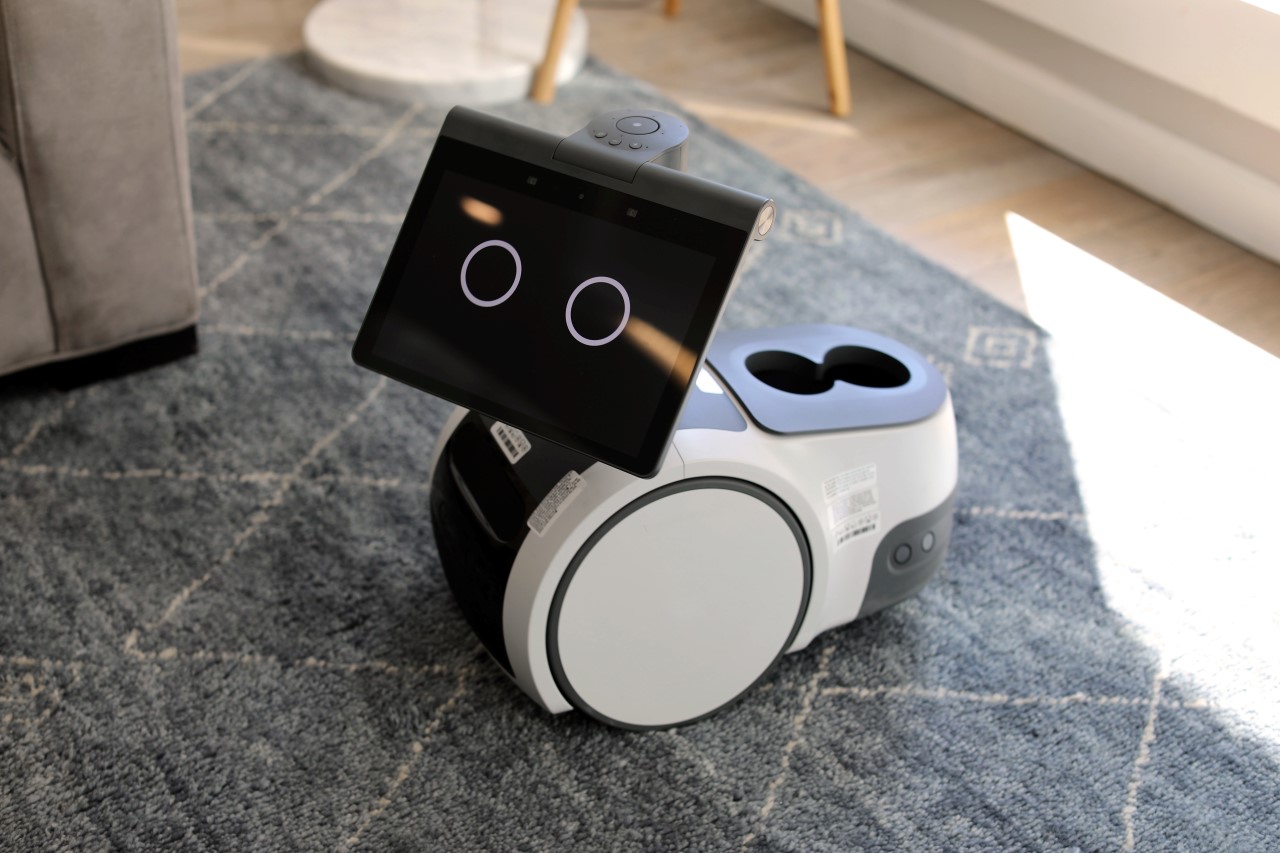
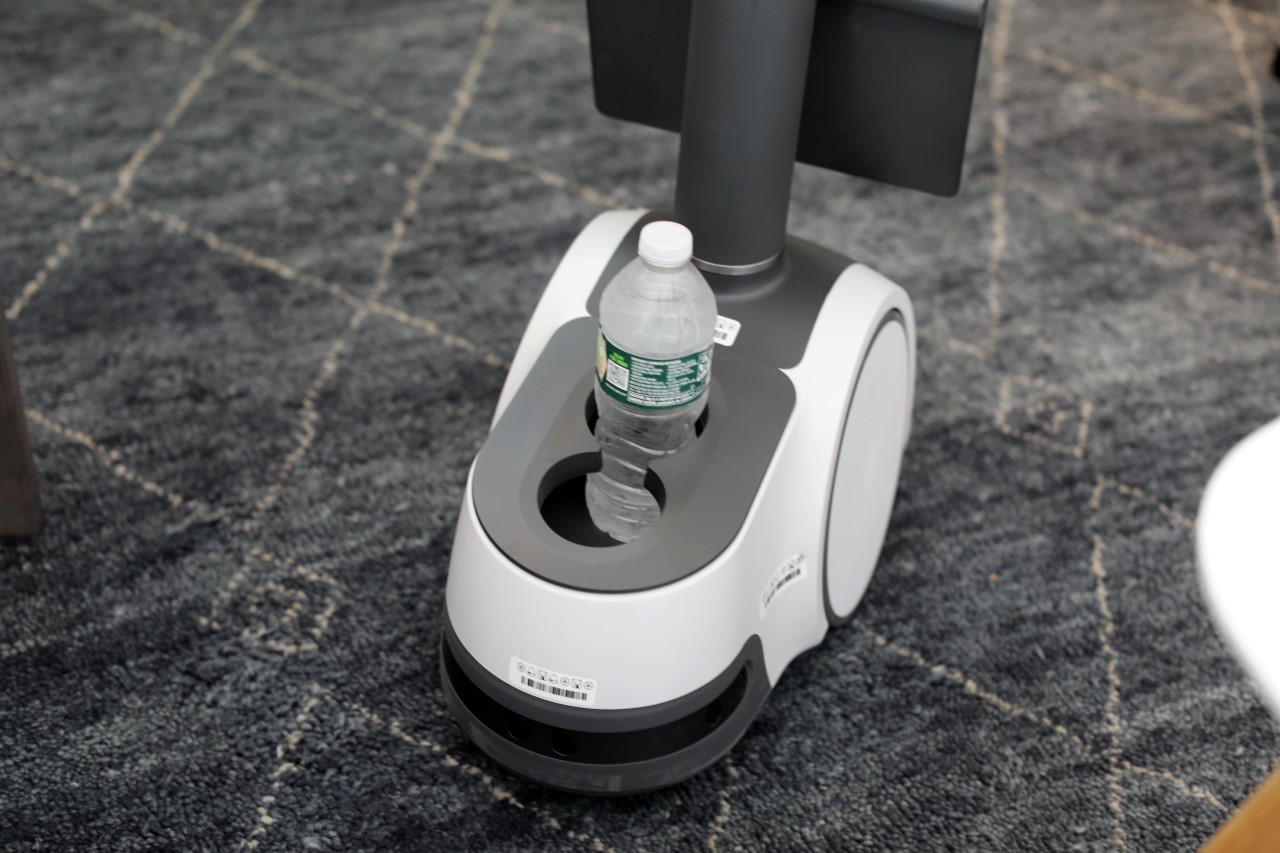
 Slack has acquired email app company Astro and it will be using the company's expertise to better incorporate email into Slack channels. The company said that with over 50 million channels created to date, they're increasingly becoming the platform t...
Slack has acquired email app company Astro and it will be using the company's expertise to better incorporate email into Slack channels. The company said that with over 50 million channels created to date, they're increasingly becoming the platform t...

